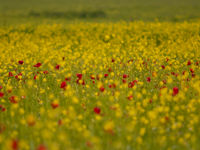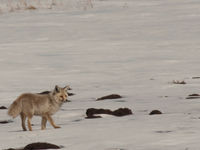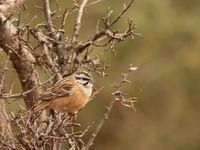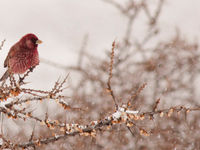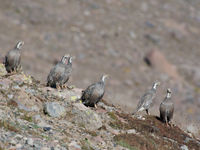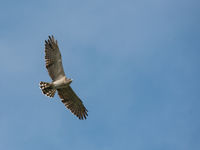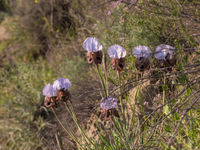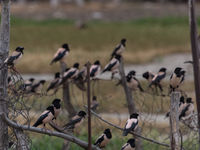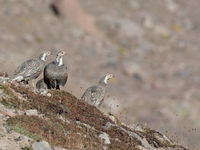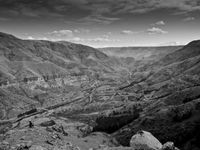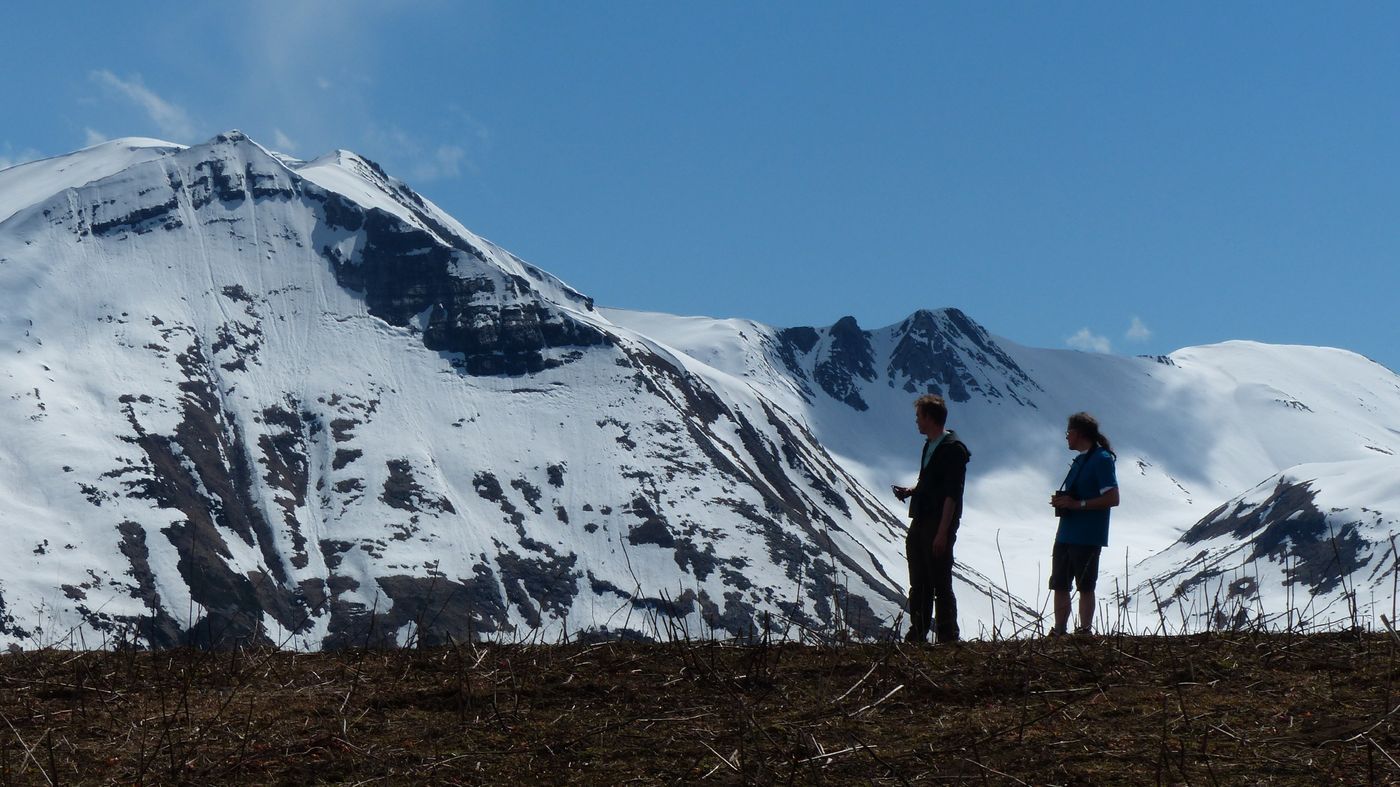
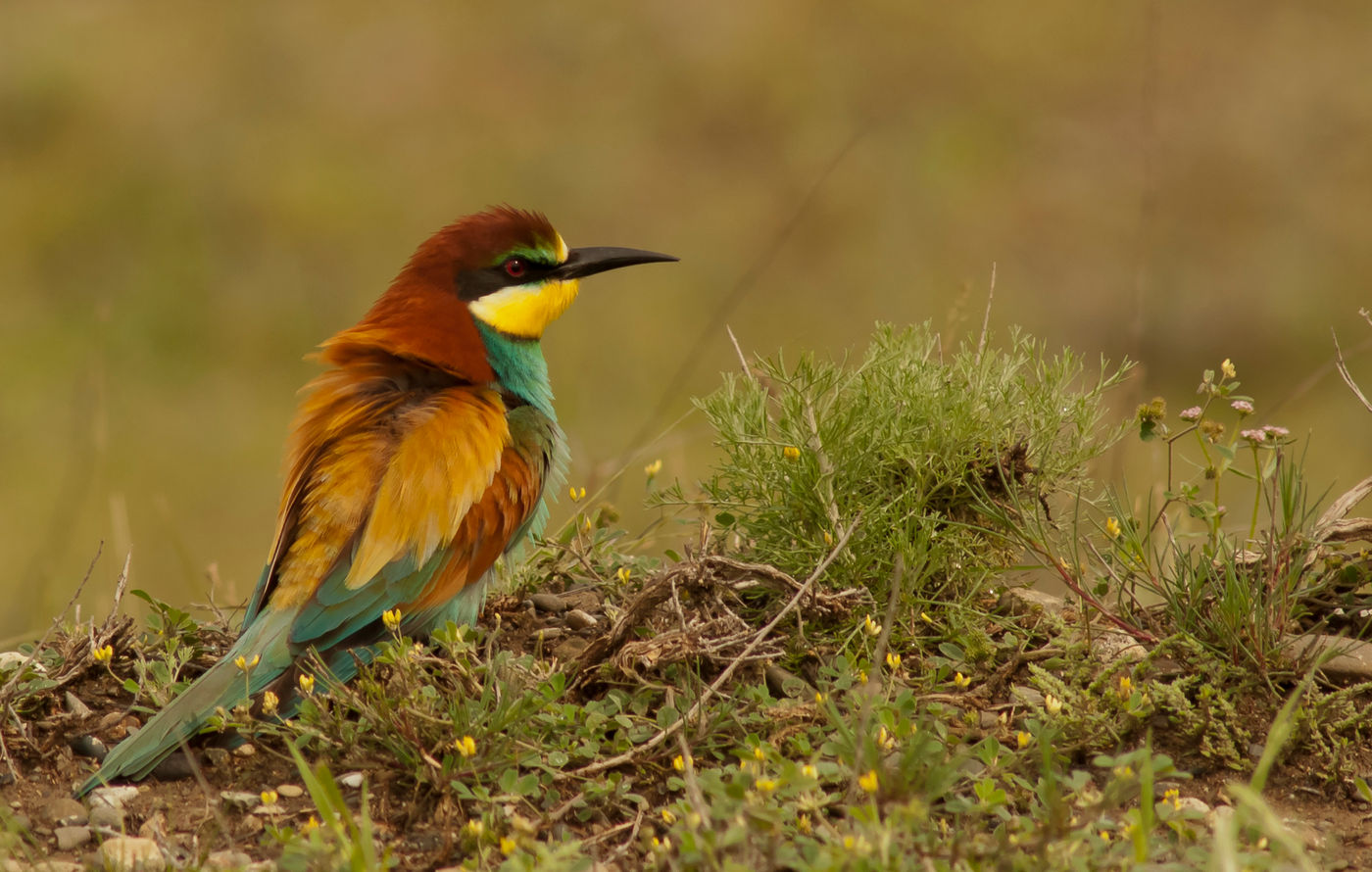

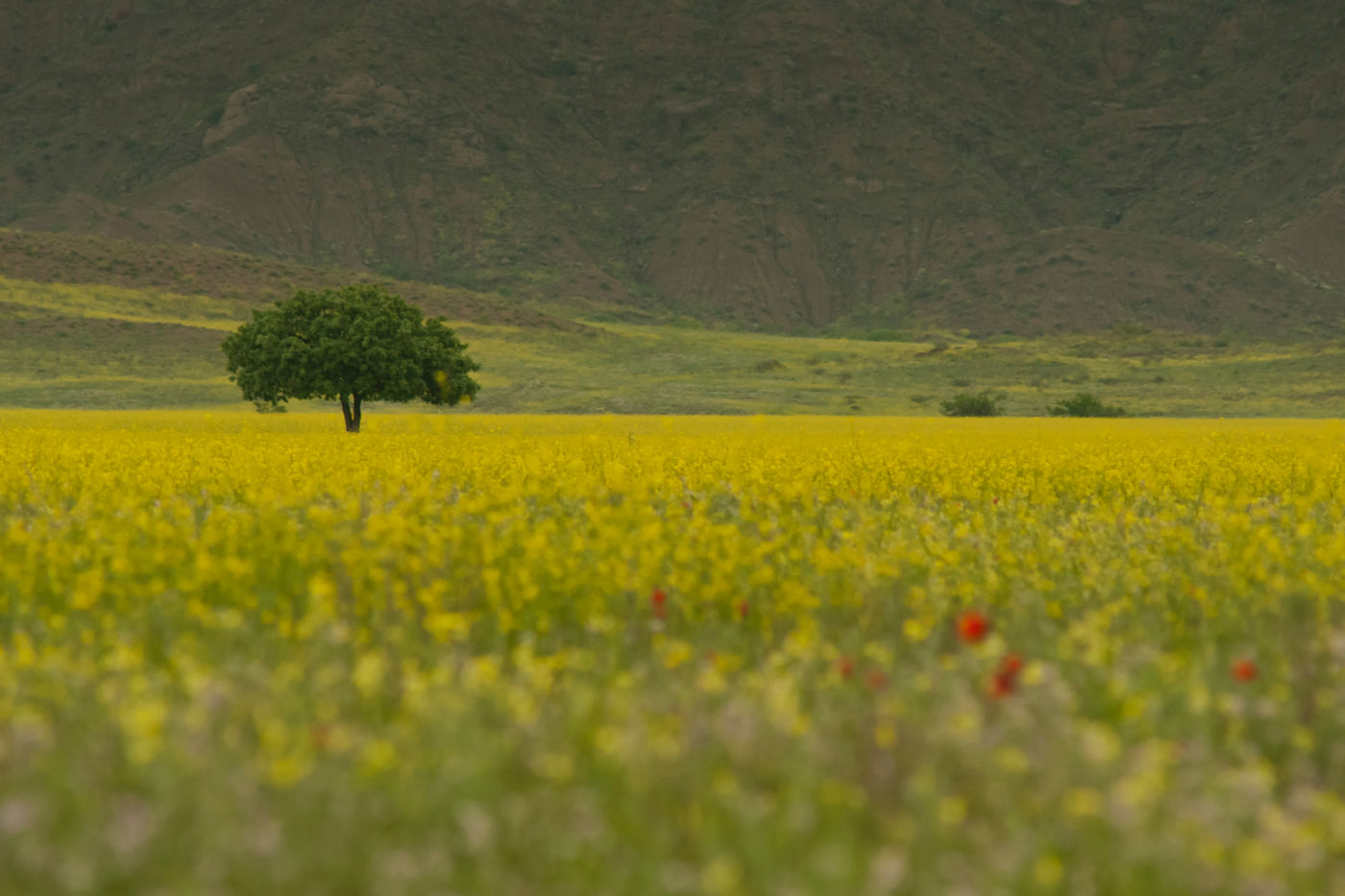




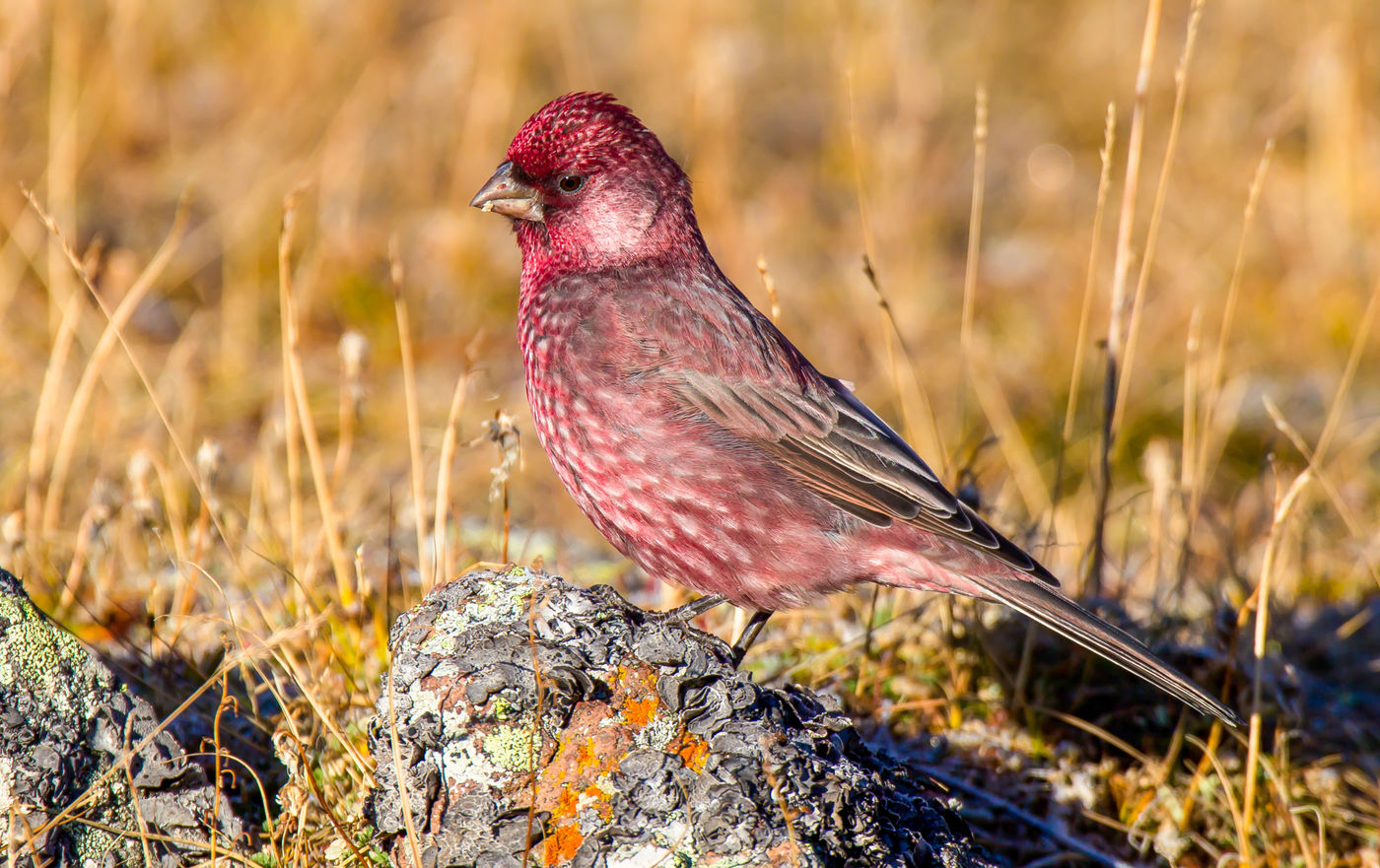

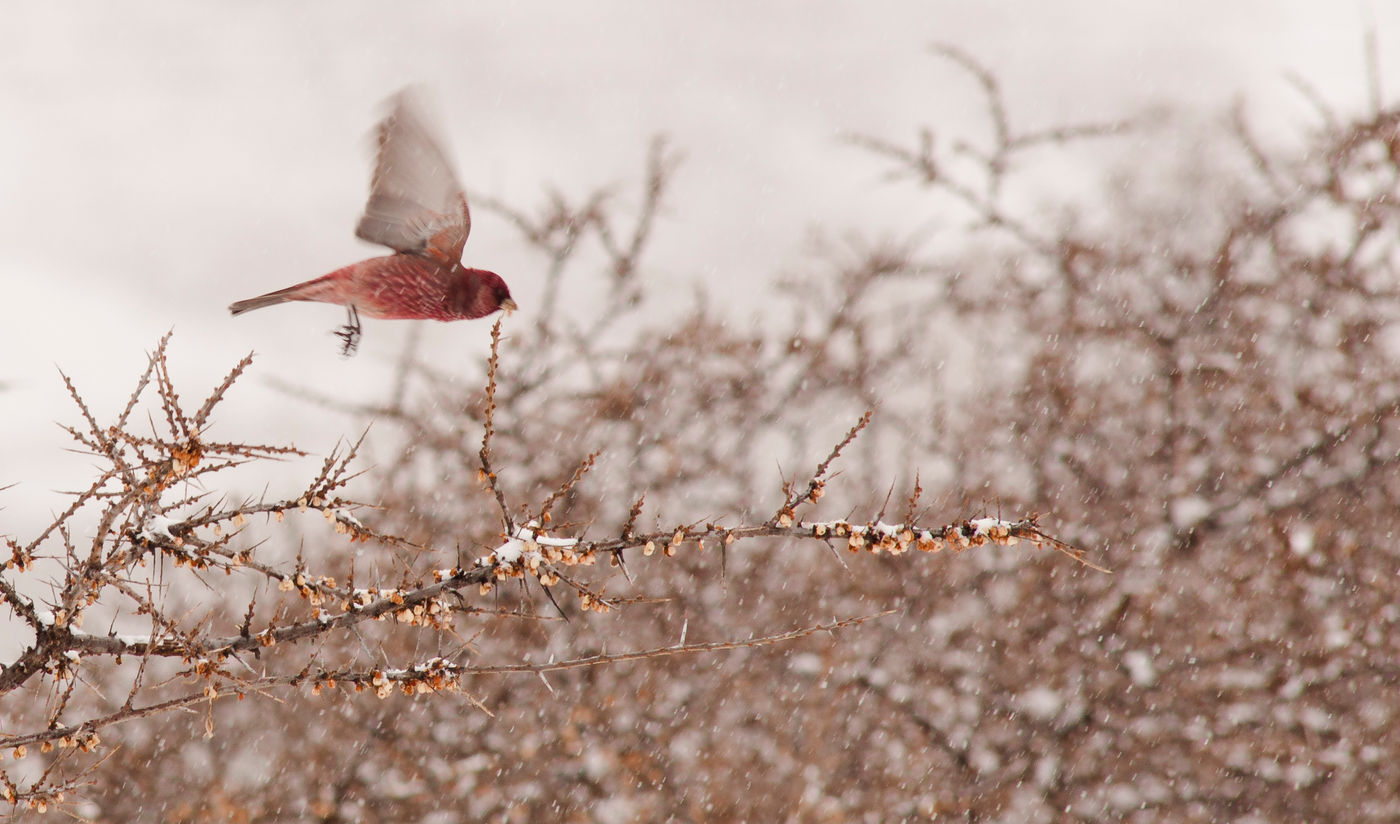
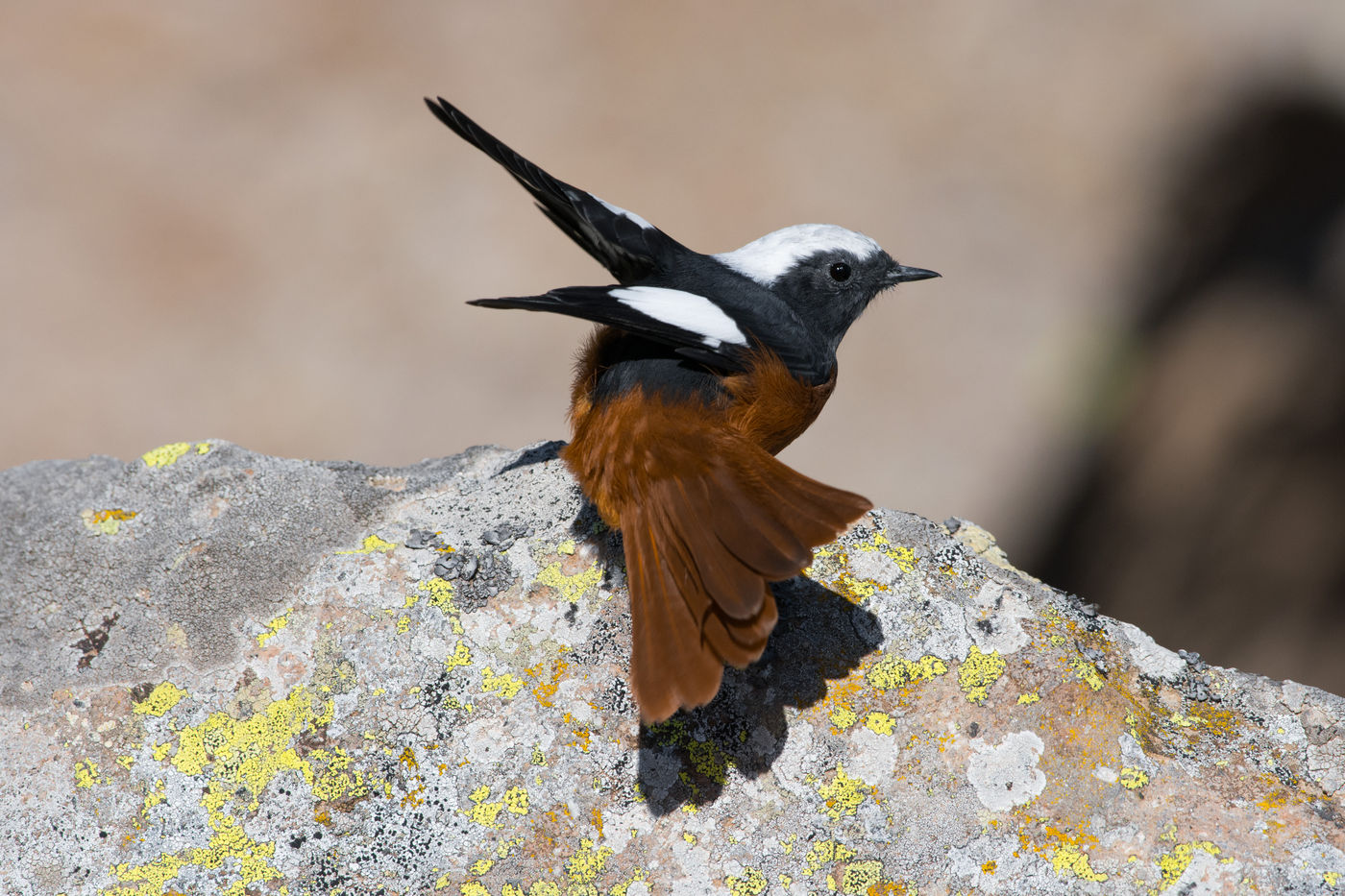


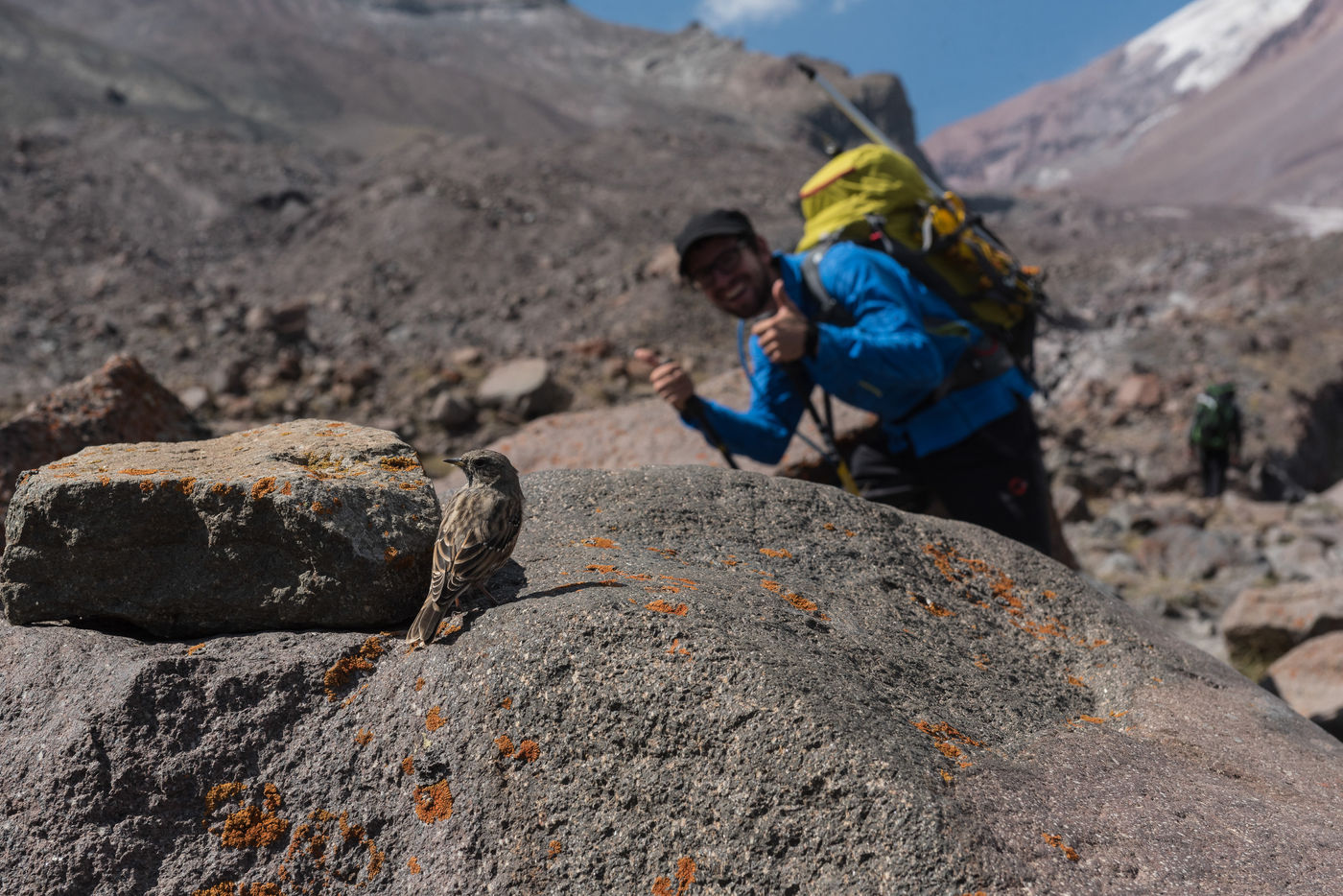


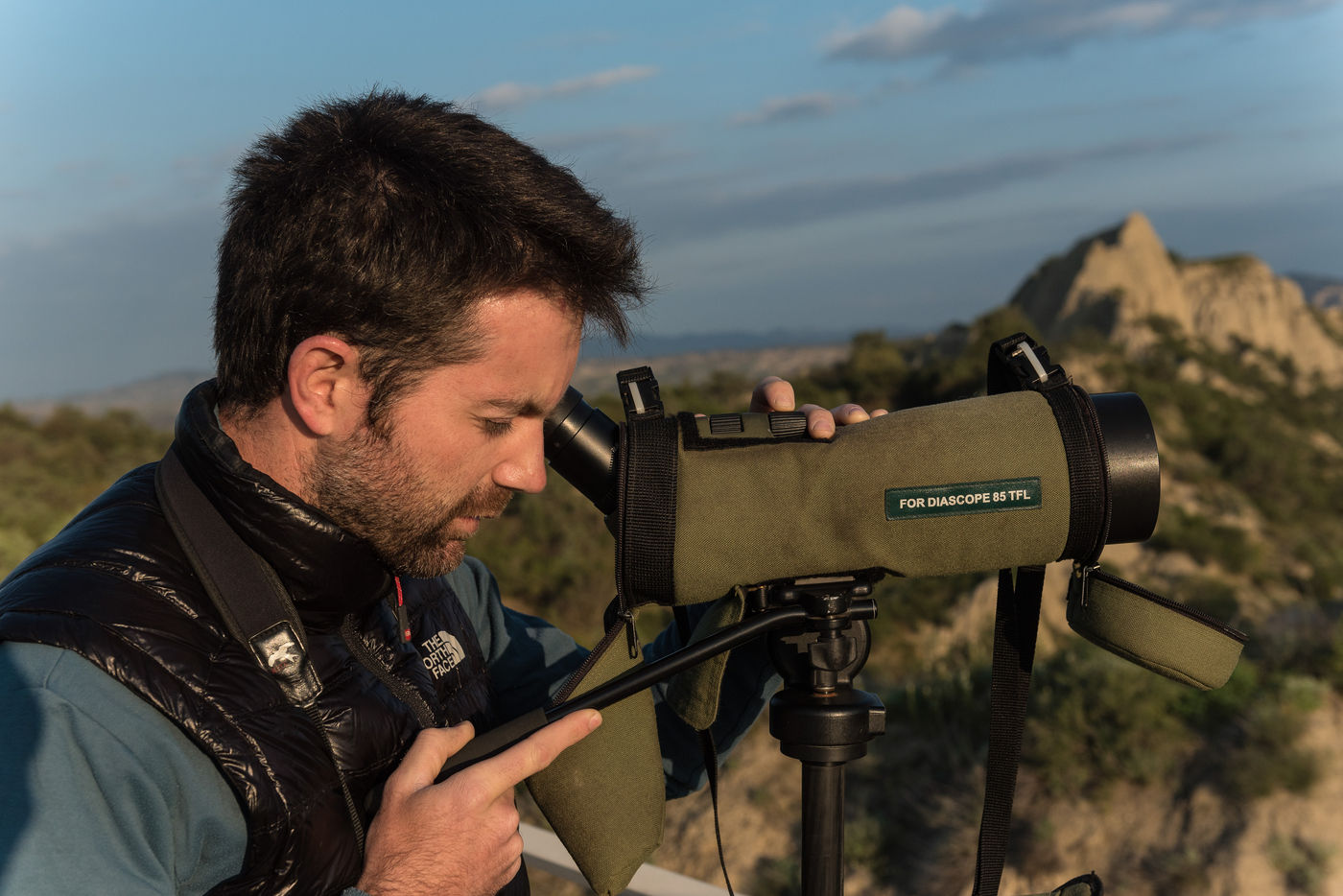
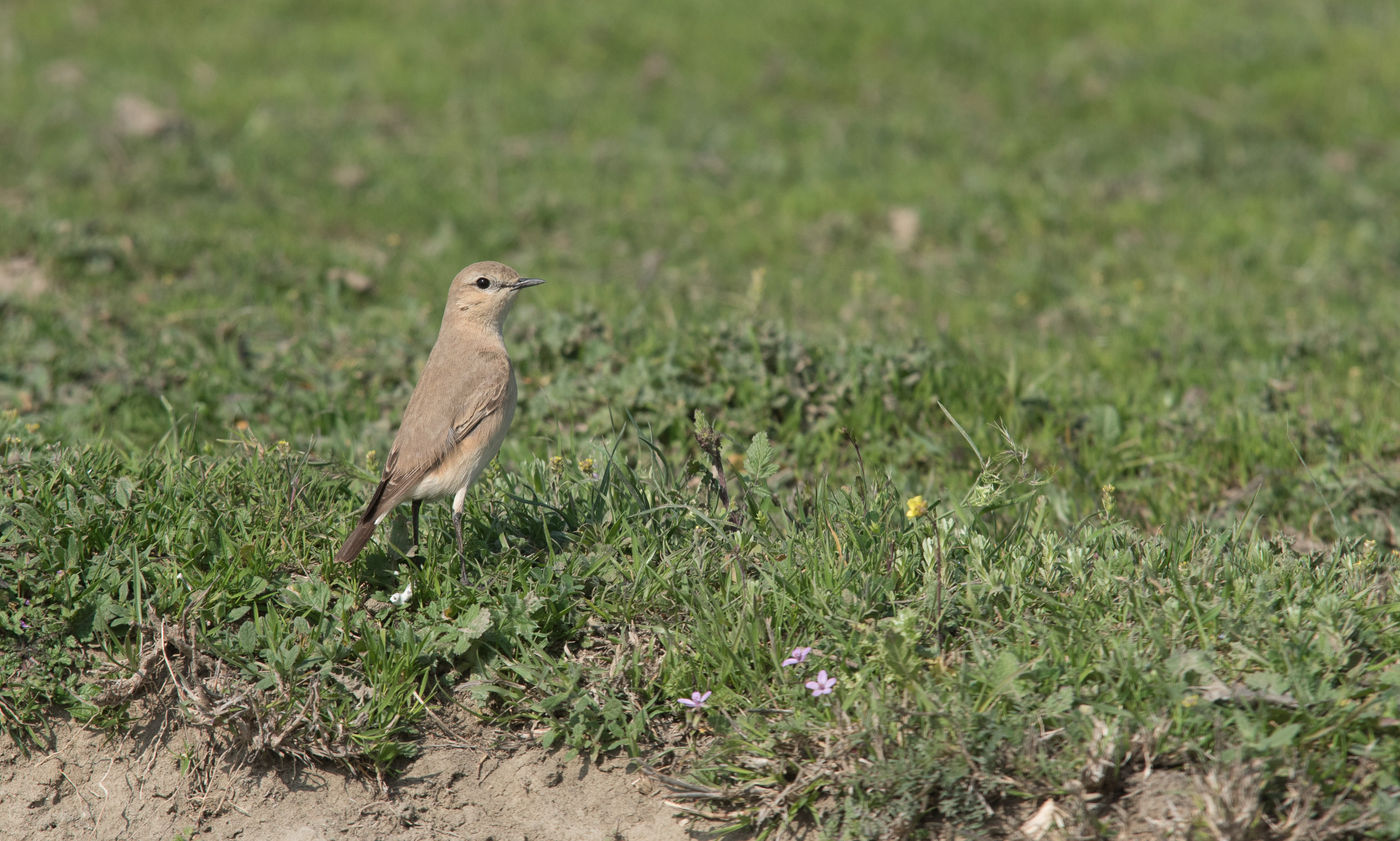


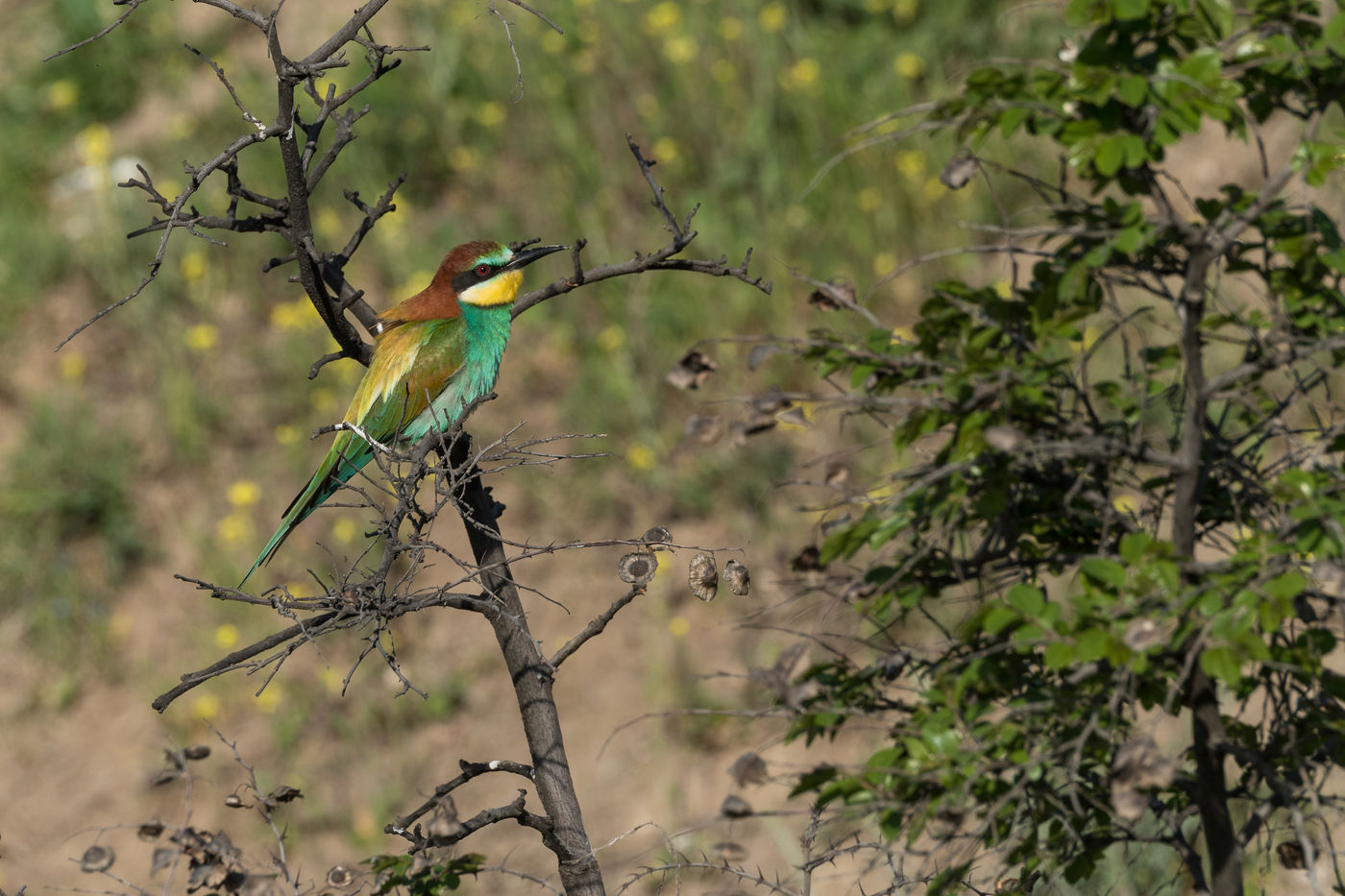
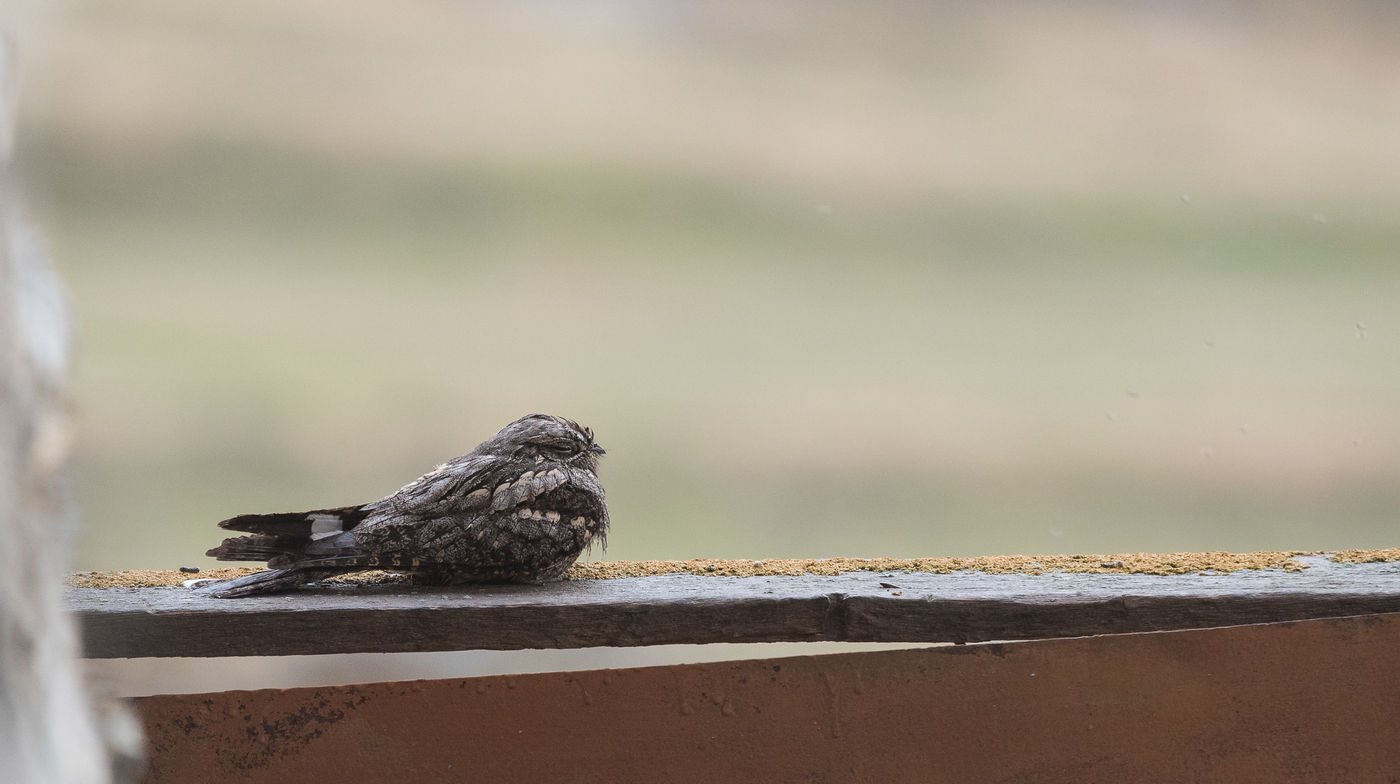
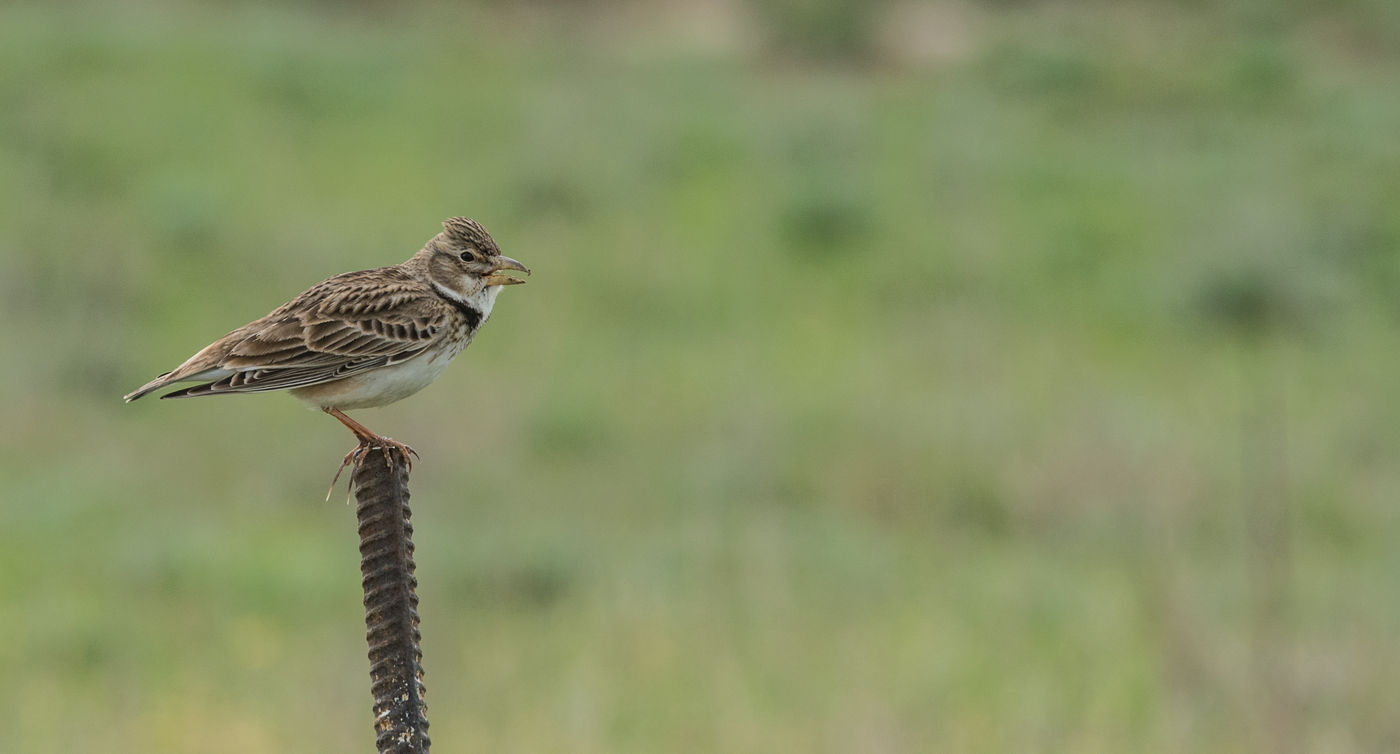


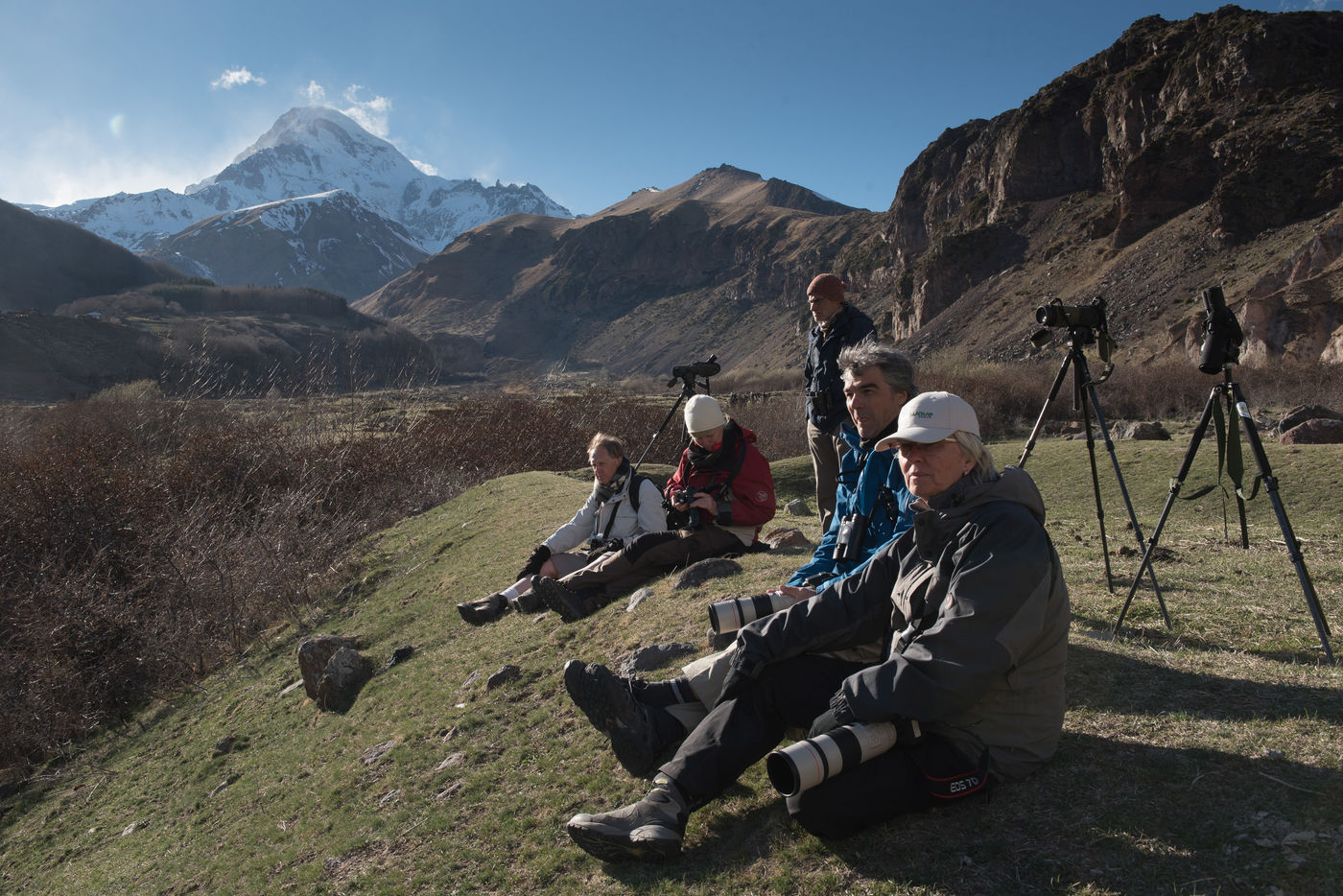


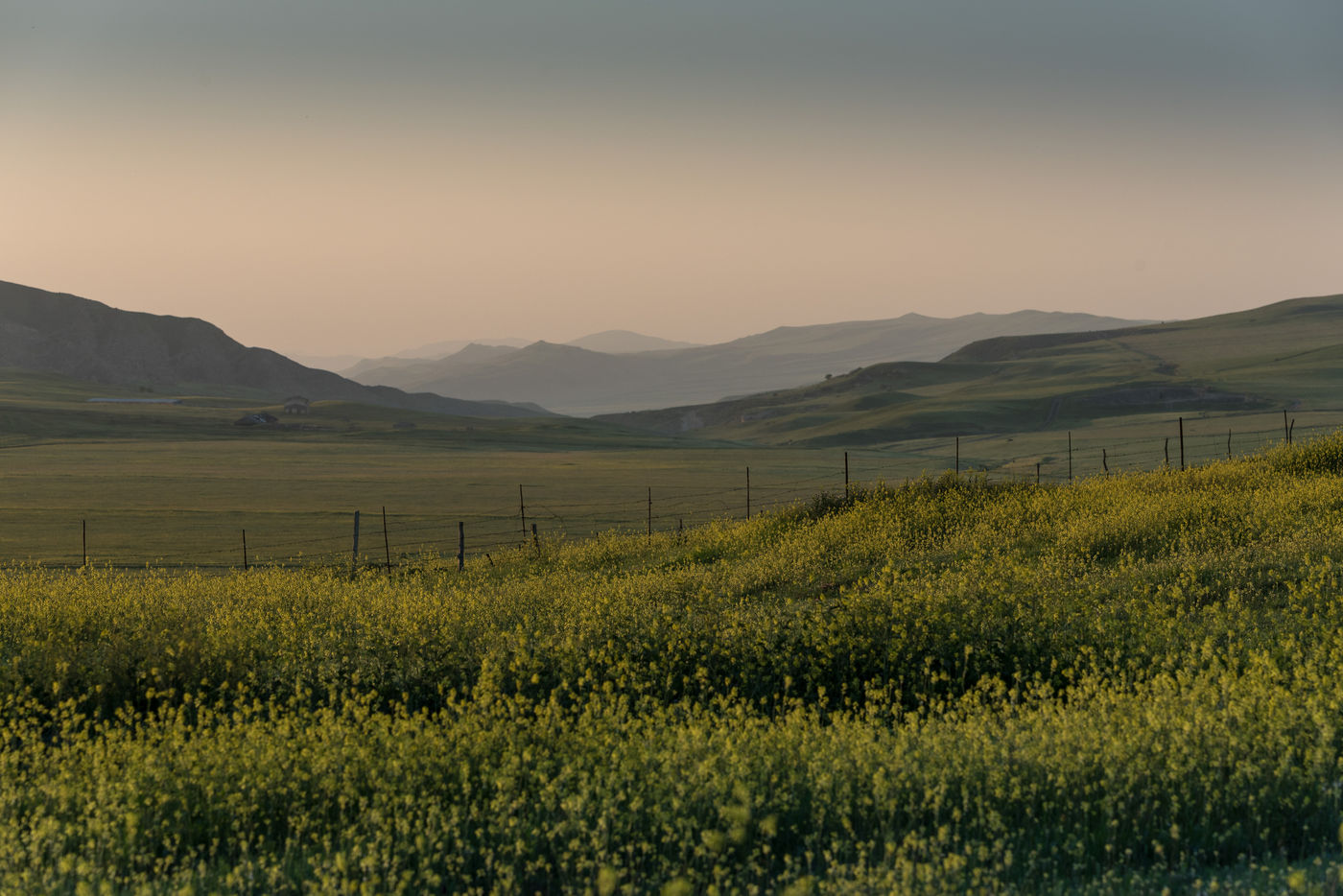
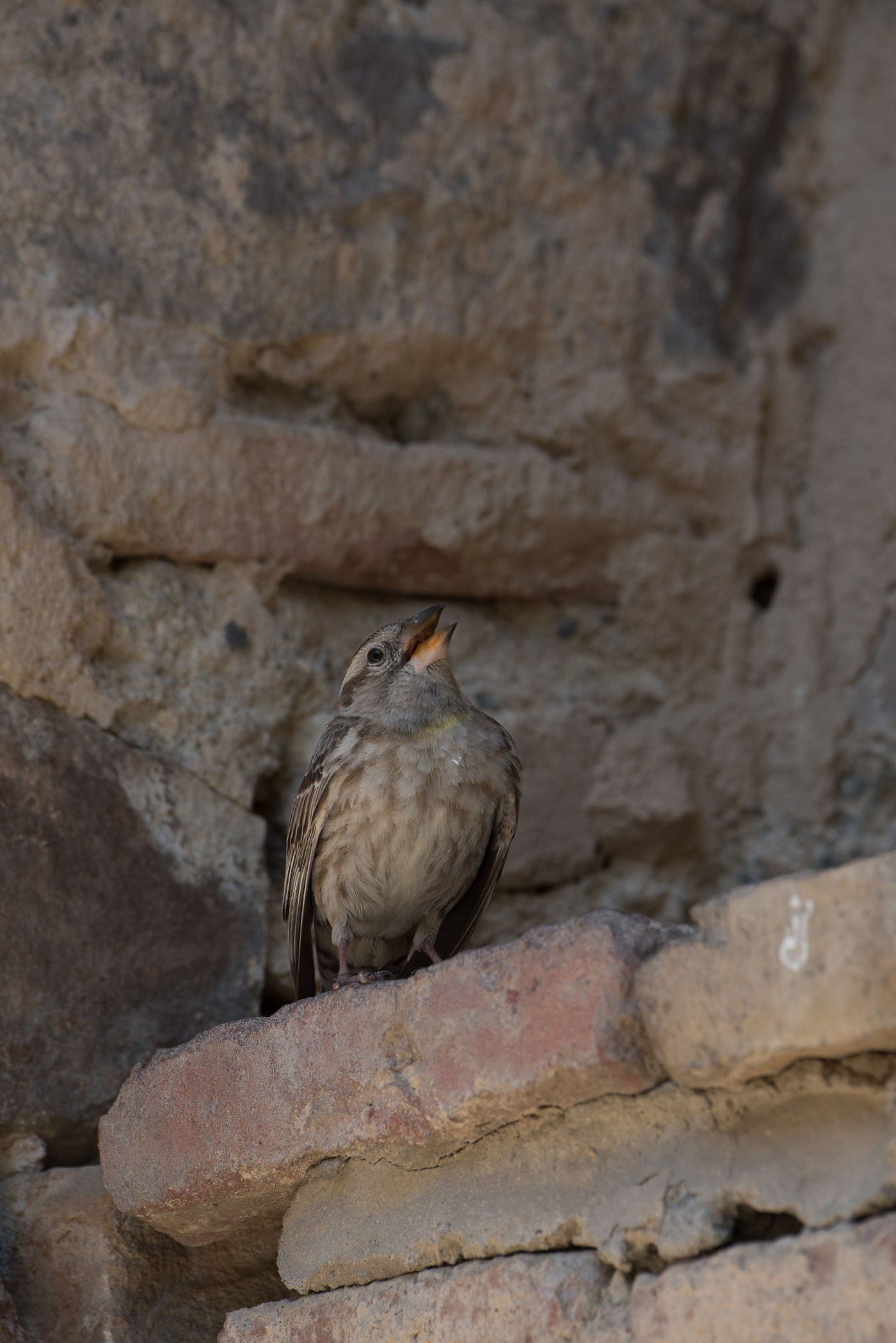
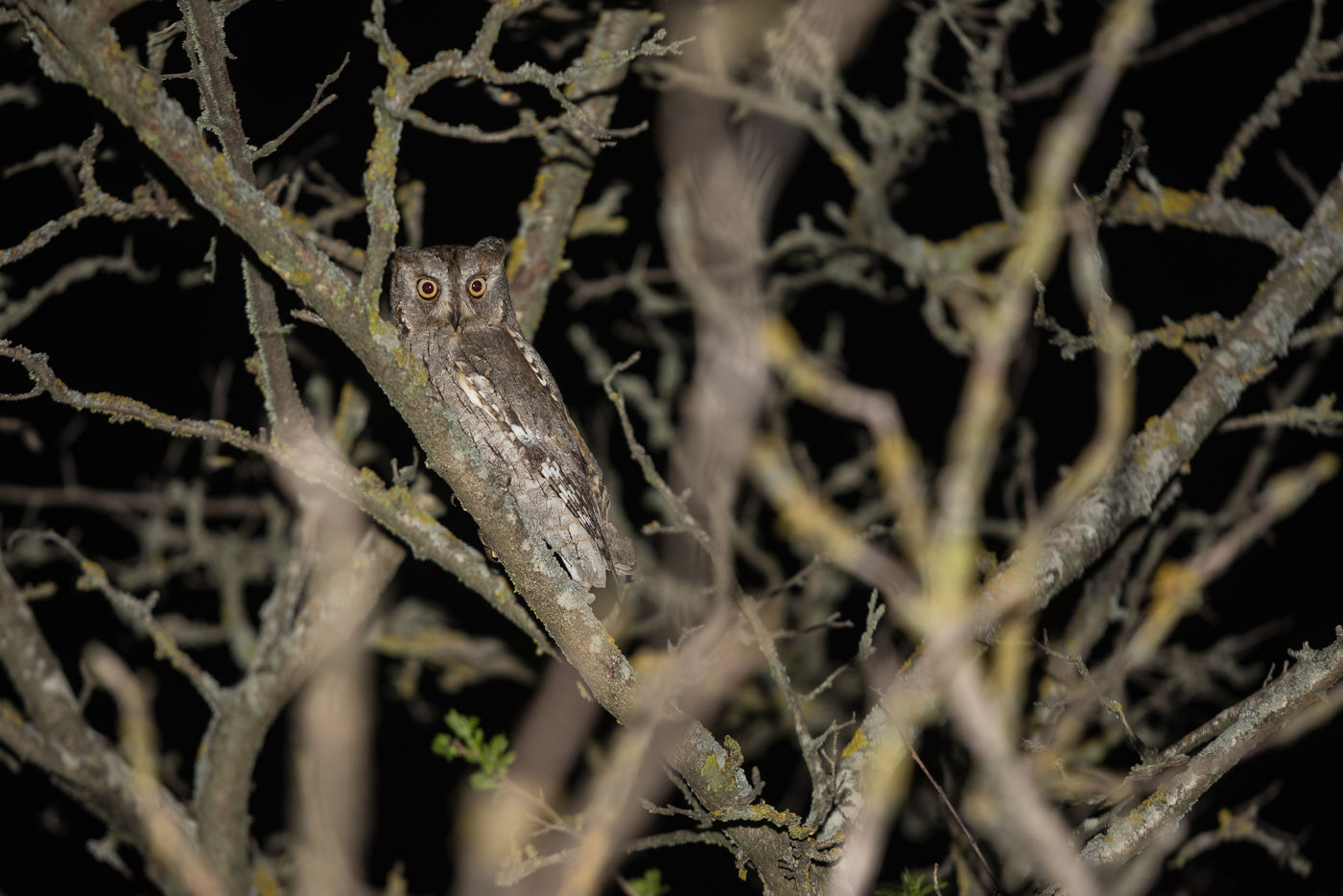
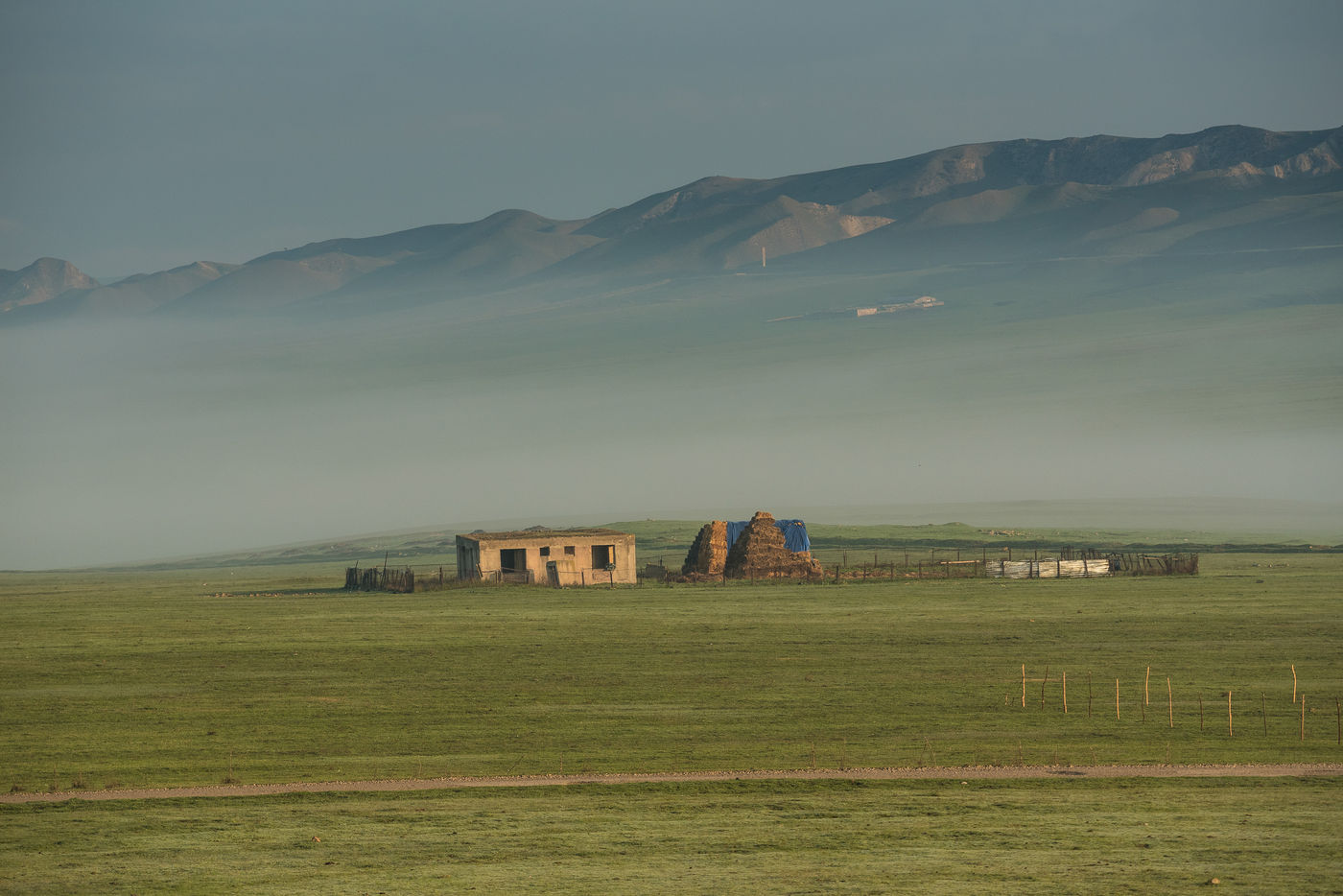
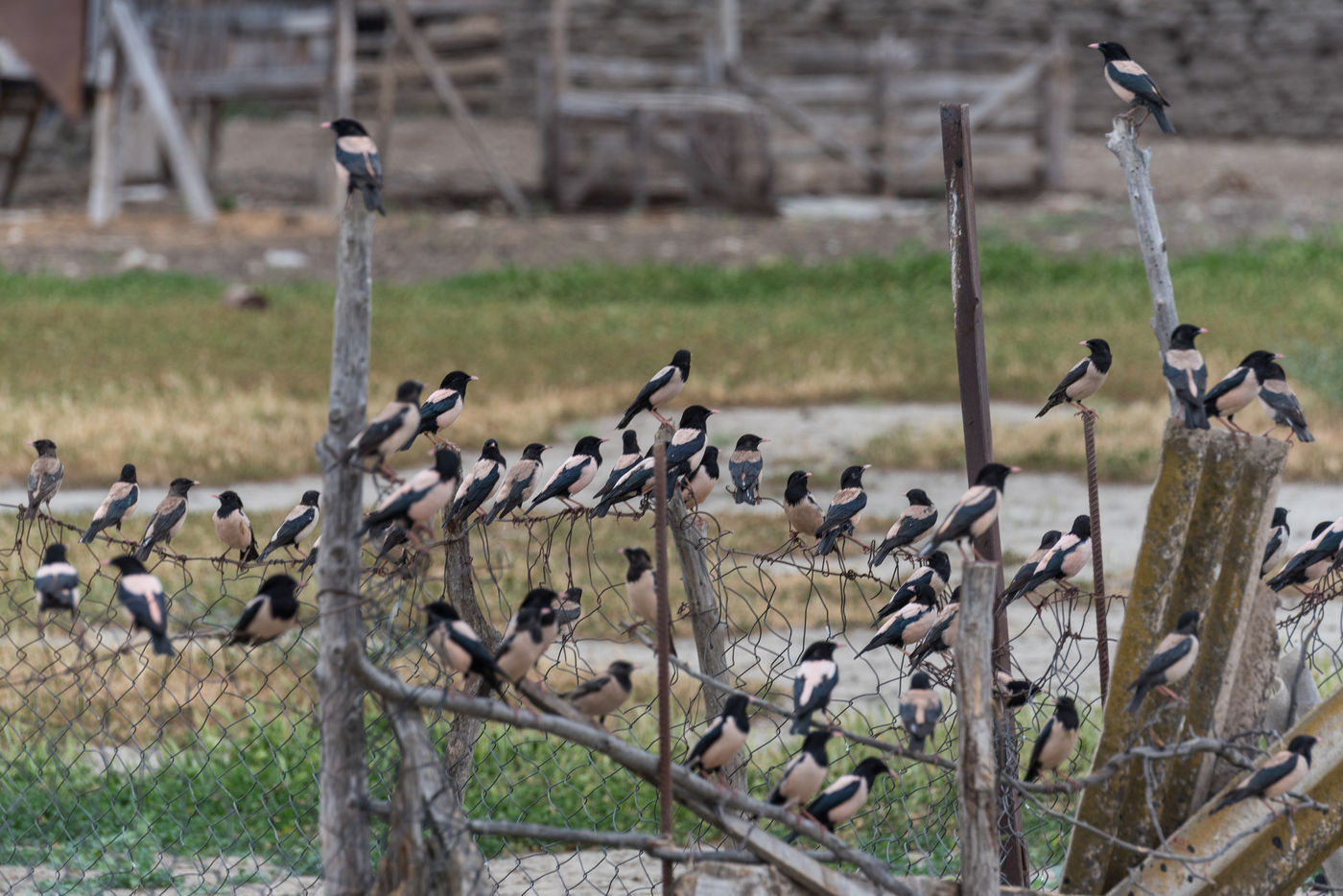

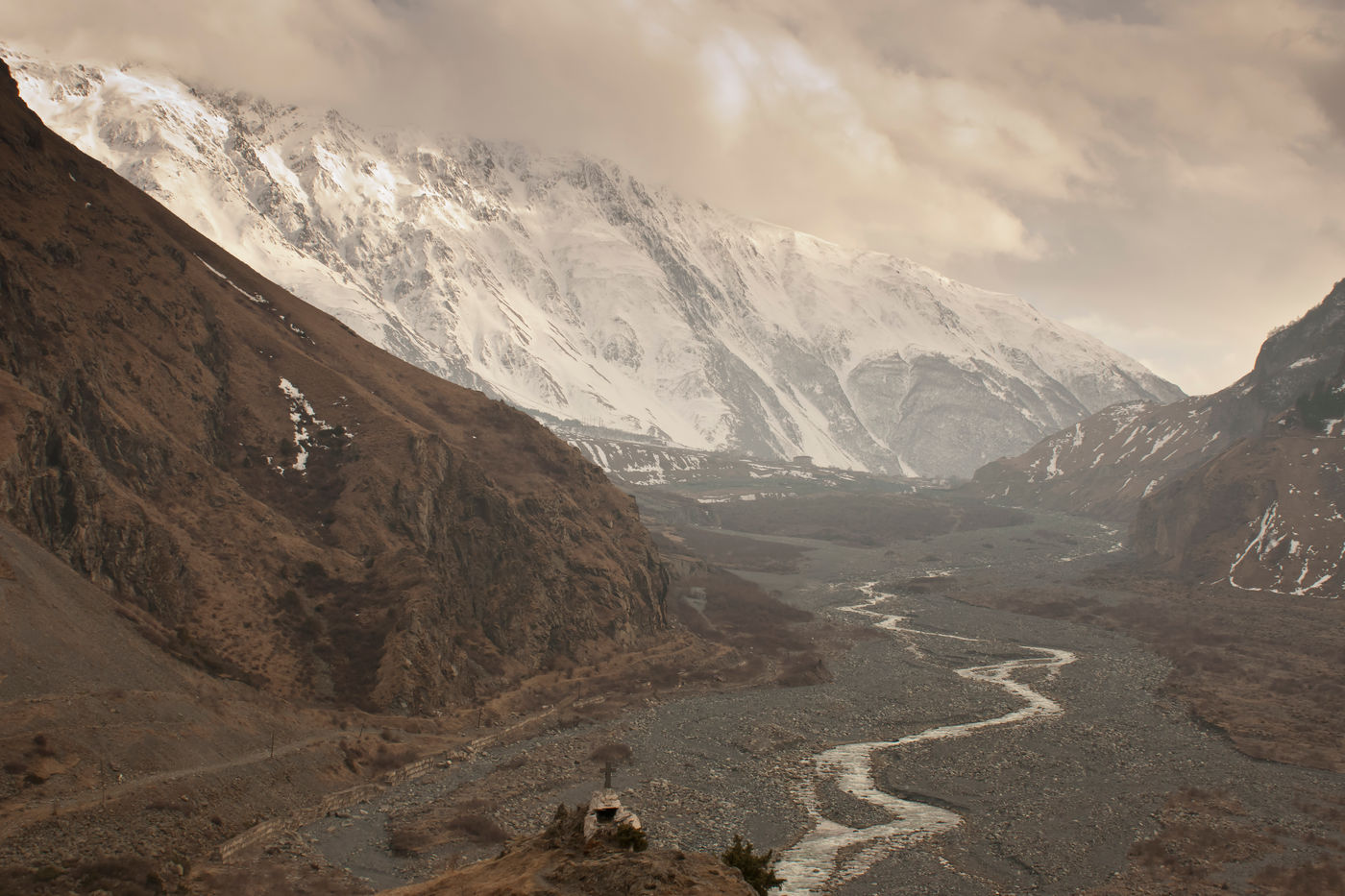

Trip report: birding tour to Georgia: beautiful Caucasus and impressive steppes
An incredible diversity of nature and therefore birds that feel at home there. Every day thousands of raptors that fly over on their northbound migration. Caucasian black grouse that first hide and then suddenly pop up near your hotel … can only be Georgia! Taste the beauty of the Caucasus with the highlights from the report that participant Jorg Hamann sent us.
Raptor migration
Jorg and his companions start their journey in Batumi, the capital of the spring migratory raptor. “From the viewing point Sakhalvasho, we get seriously spoiled on the first day already. In the morning this yields, among other things, 192 honey buzzards, 143 black kites, 64 steppe buzzards, 59 sparrowhawks, 3 lesser spotted eagles, 2 booted eagles, and 3 black storks. A great start! The migration picks up even harder in the afternoon. We count at least 2000 birds of prey soaring over, sometimes in large groups. Keeping track of the count is not an easy task. ”
Guide Johannes Jansen is a biologist and very knowledgeable about birds of prey , has also founded the annual fall raptor count and has therefore often ventured into Georgia. He has a lot of years of experience on the counter, and identifies the birds of prey with ease. The perfect man to have with you when dozens of species of these feathered jewels pass over your head.
“From a hillside closer to the sea, we see, next to the common species, lesser spotted eagles, steppe eagles and booted eagles. We are gradually developing a sense of recognizing the great eagles that pass over our heads. The diversity is amazing, there is also a Levant sparrowhawk lurking in between the sparrowhawks and we don’t have to wait long for a rarity. The session “recognizing birds of prey” given by Johannes in the evening comes in handy. The following day more than 3000 birds of prey pass by in the skies above Batumi before lunch already. On day five the price comes in the form of a female crested honey buzzard, which we did not expect! The hybrid eagle completes our spring migration checklist. ”
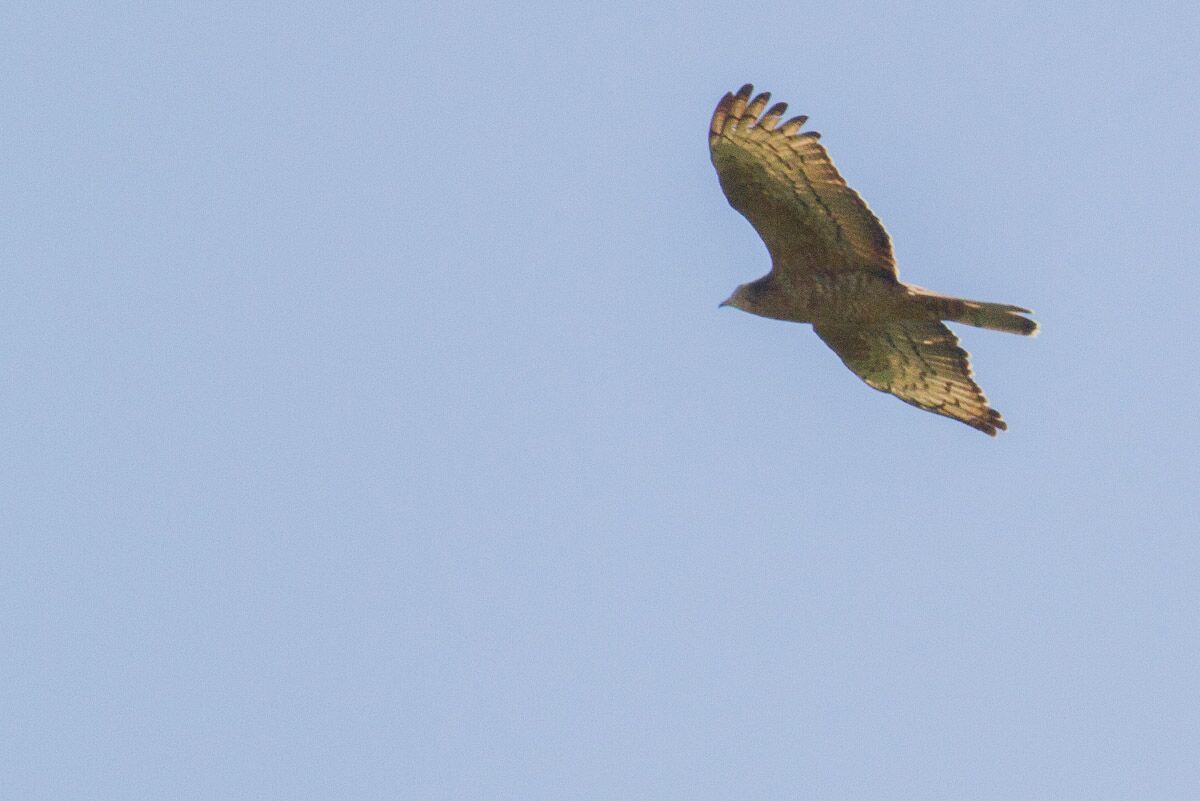
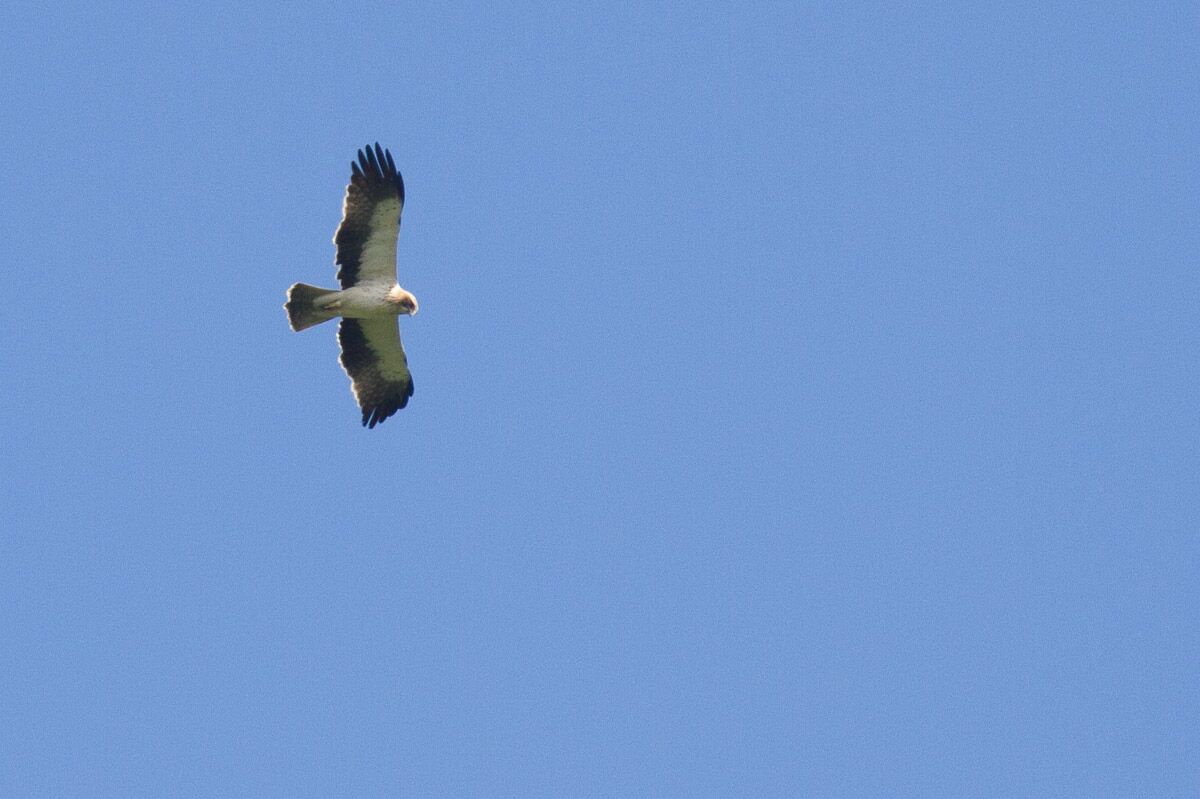
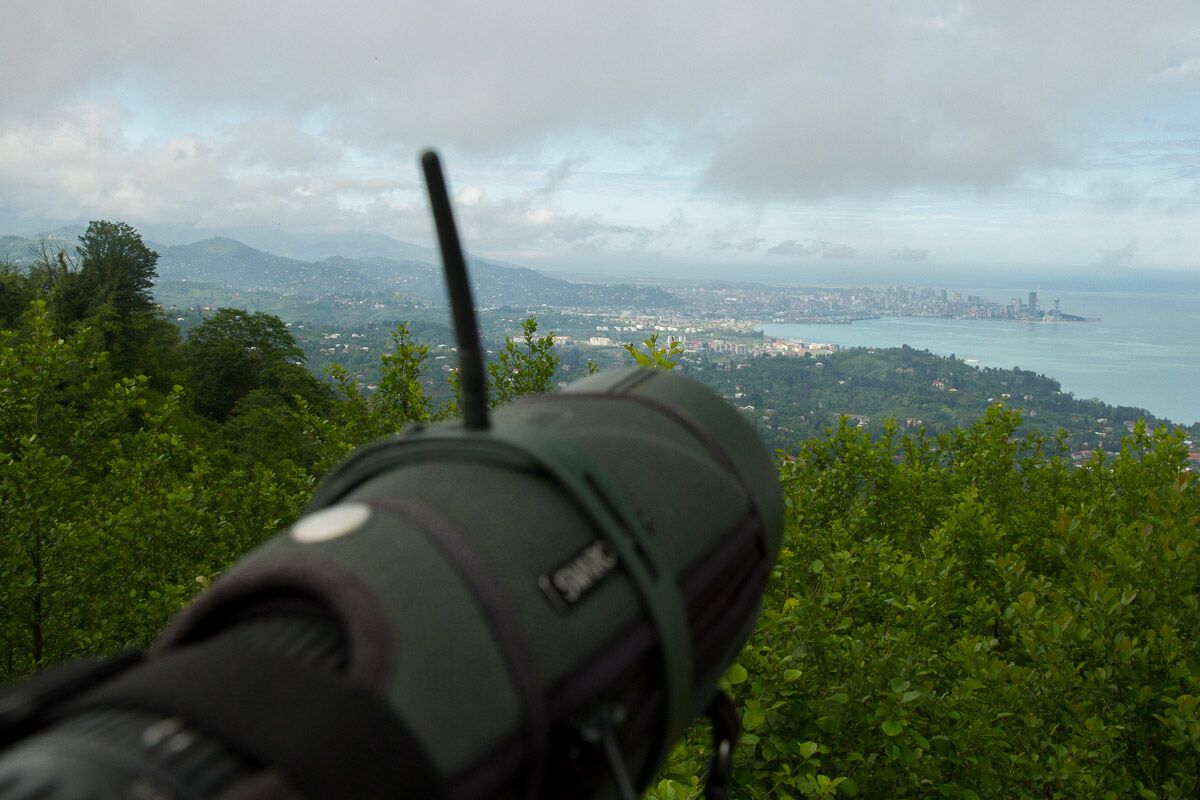
Close by the water
The Black Sea and the Chorokhi River with its delta bring beautiful water birds to the Batumi area.
“With its futuristic buildings, the boulevard in Batumi is reminiscent of the Arab Emirates. Among the shrubs in the parks we find lesser grey shrike, black-headed bunting, sparrowhawks and a beautiful woodchat shrike. Two pomarine skuas are also chasing Sandwich terns. In the meantime, we also marvel at the porpoises, bottlenose- and common dolphins that are active off the coast. ”
The weather is pleasant in this region in April-May: around 20°C and little rain. Although of course you can never exclude it … “On the way to the Chorokhi delta on the southern side of Batumi, it starts to rain harder. Unfortunately, a landfill threatens the delta and its inhabitants. The same goes for recent building plans for a grand new resort near the delta. But today however, in the rain, the landscape looks pretty desolate. We admire the yellow-legged, Caspian and Armenian gulls. As soon as the first beams of sunlight break through, different types of ducks and shorebirds make an appearance. Nice are a white-winged tern, a group of gull-billed terns and a female little crake. And a moustached warbler of course! ”

Red-breasted flycatcher © Johannes Jansen
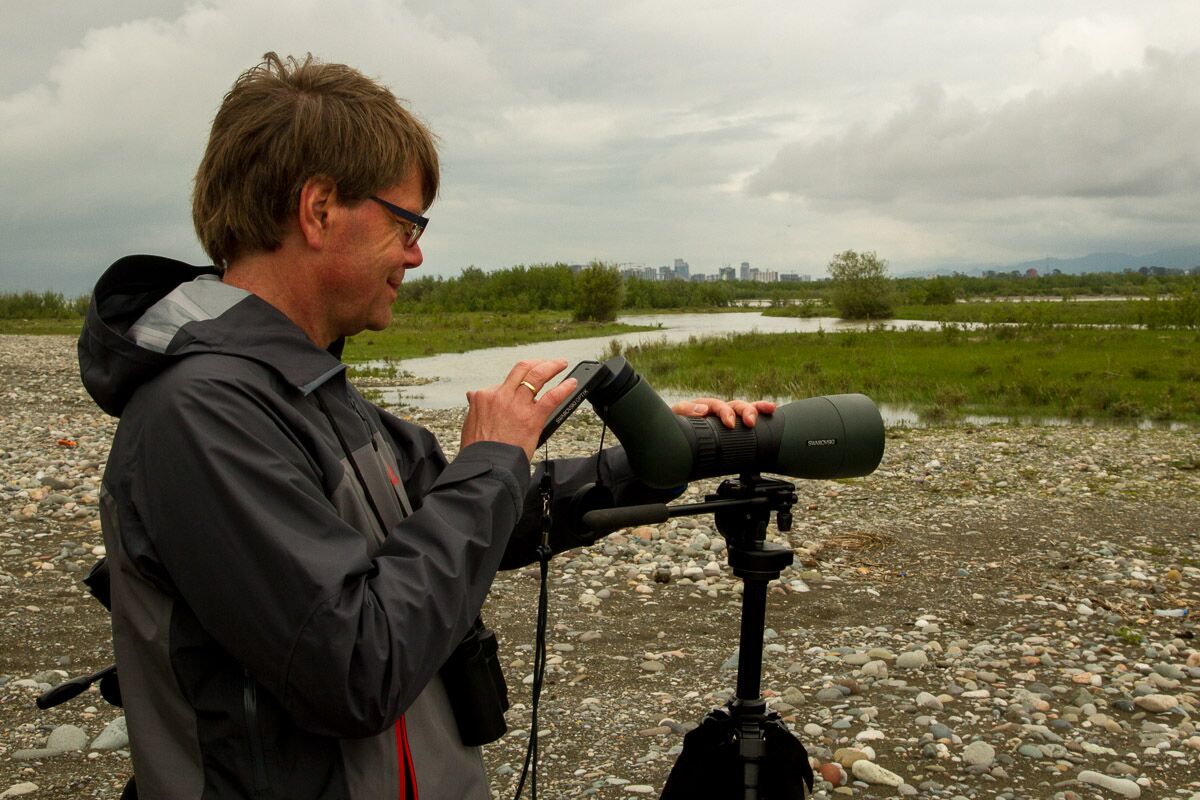
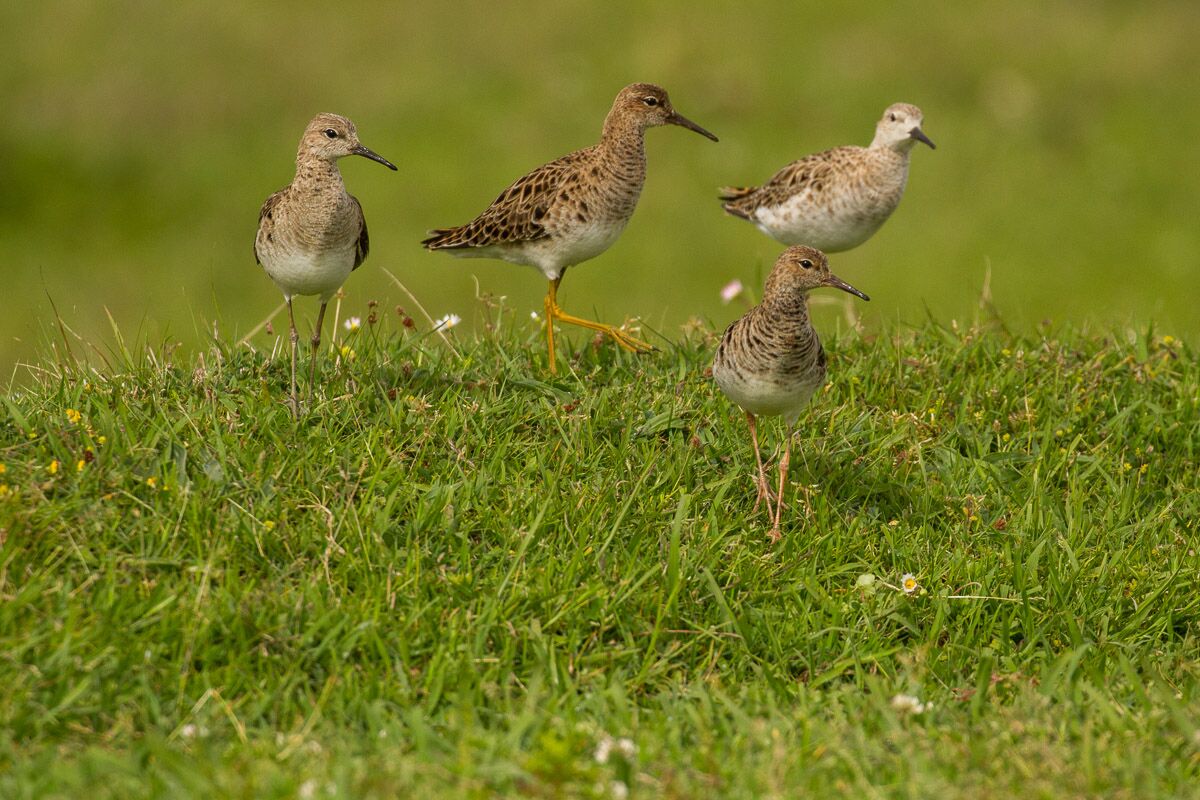
Woodpeckers on the schedule
Mtirala is a national park with a dense, subtropical forest. We search for the woodpeckers for which the area is known. “In very pleasantly dry weather we walk past sweet chestnuts, walnut trees, alder and plane trees to the ridge with old beech trees. We know to track down a few vocalizations, and hear and see a pair of semicollared flycatchers at their nest, as well as several green warblers and red-breasted flycatchers. While we climb along fallen trees on fallen trees, the specialties of Mtirala show themselves: middle-spotted woodpeckers and white-backed woodpeckers are readily observed. Only the gray-headed woodpecker doesn’t give away its location, and we only hear it calling in the distance. ”
“On the way back we find a Caucasian newt near a waterfall. We cross the river with a self-operated cable car. Along the river we still spot the Caucasian subspecies of the dipper. At a small hotel we end up eating delicious, fresh trout. ”

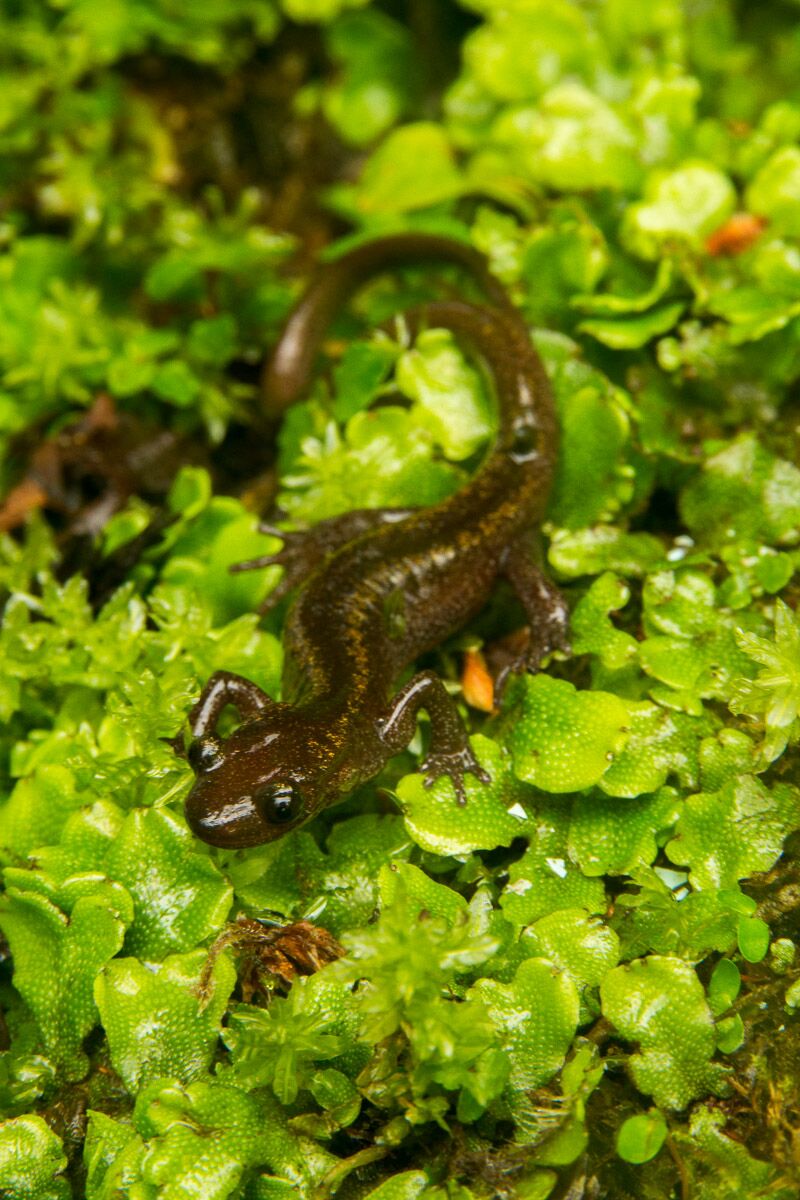
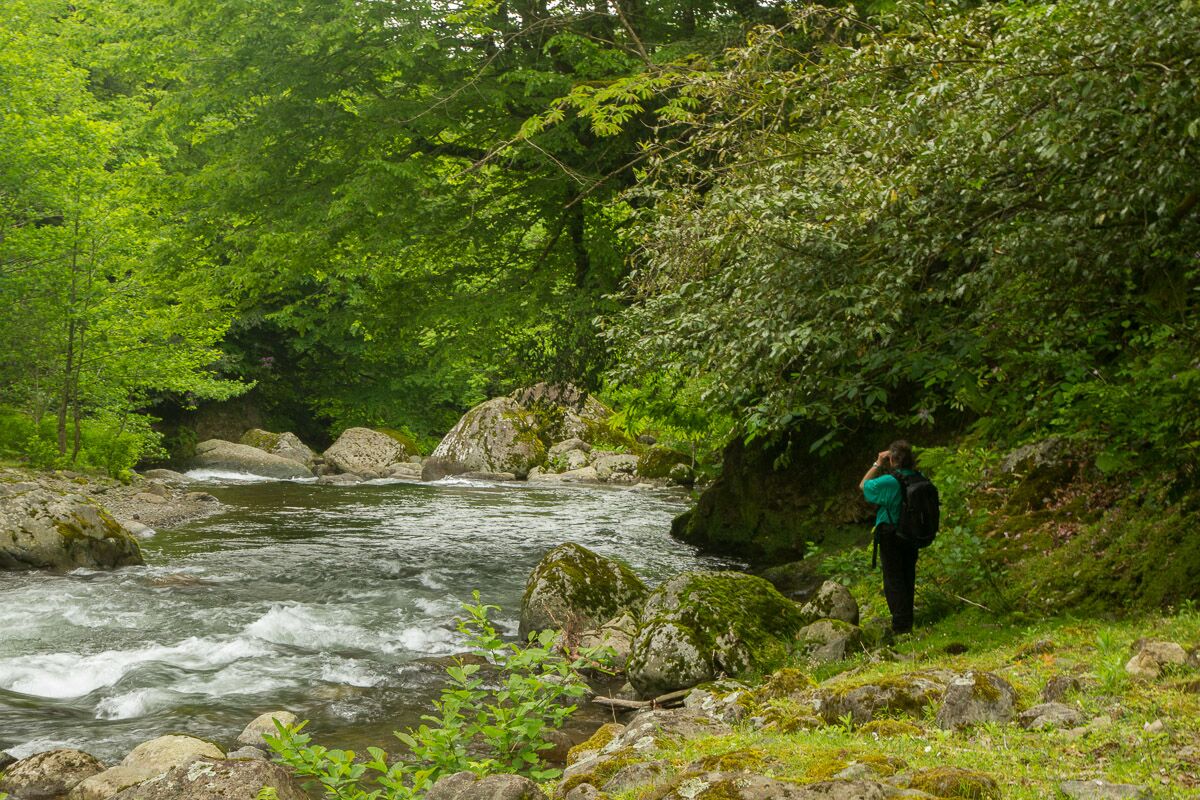
Highlights of the High Caucasus
“From Batumi we take the night train to Tbilisi, nice and comfortable and safe. After a night in Tbilisi we drive the next morning, with our rented 4×4 minibuses – Johannes behind the wheel – north to Kazbegi. Along the way we visit the somewhat eroded monument in the Aragwi Valley, which depicts the friendship between the Soviet peoples. We also stop briefly at the Jvari pass (2395 m) to view displaying red-billed and alpine choughs. But the most impressive stopping place is Kobi, a typical Georgian summer village in the shadow of a gigantic rock face, where we can soon admire a bearded vulture, a griffon vulture, a ring ouzel and a red-fronted serin.
“Driving past rows of trucks we are approaching our final goal for today. Before we enter the village, we see beautiful Güldenstädt’s redstart on the beach maple plains and two Caucasian snowcocks that fly along the mountainside. Then we check in, the hotel is great and beautifully situated. From the dining table we look at the snow-covered summit of Mt. Kazbegi, and supper is delicious. ”
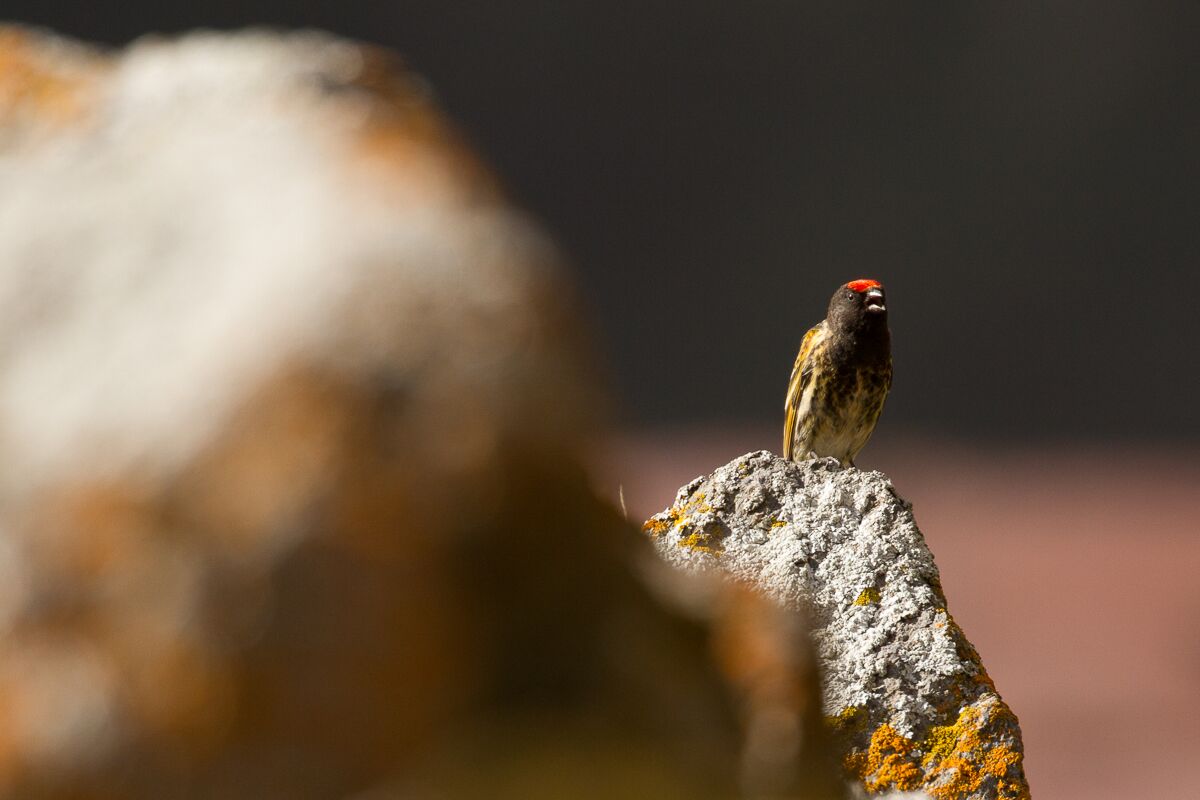

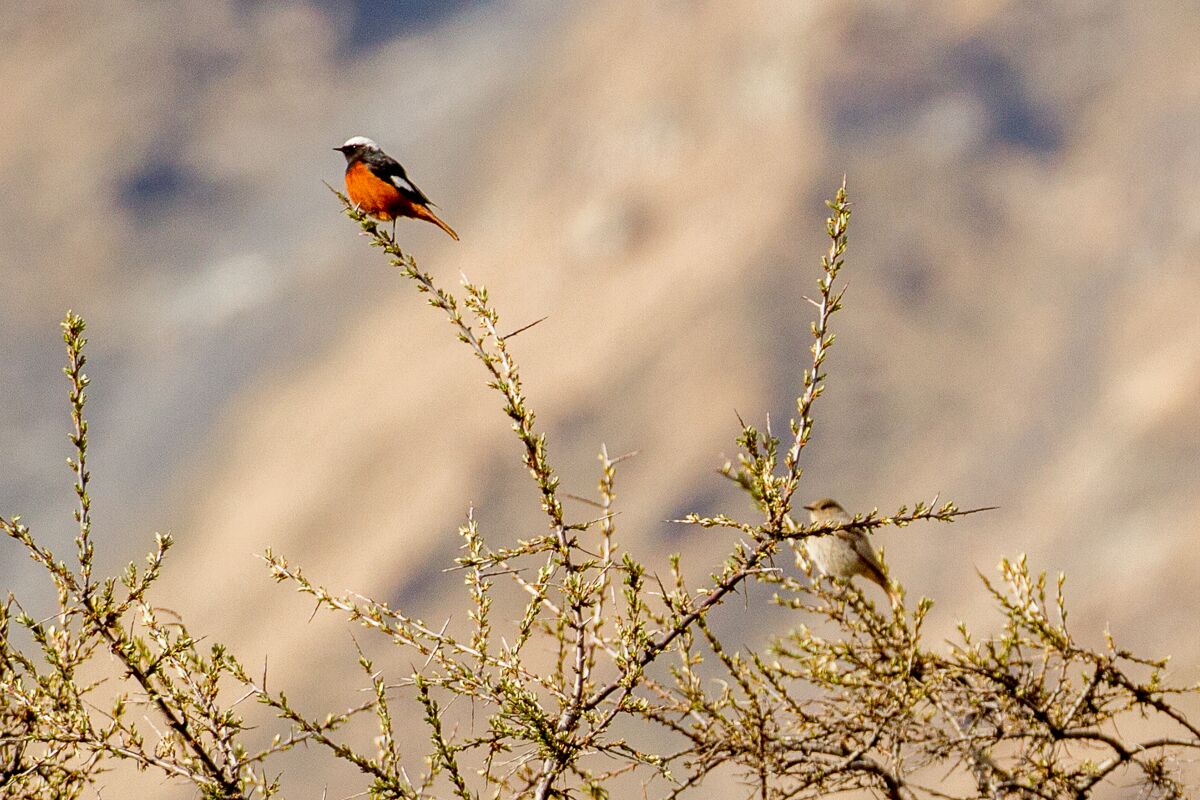
The group stays for two days on and around Mount Kazbegi. “The rising sun makes the Kazbegi shine bright. After breakfast we drive up the steep road to a church in the hamlet of Stepanzminda. From there we walk a bit in the direction of a glacier, up to an altitude of around 2800 m. Mountain flowers bloom everywhere, but the Caucasian black grouse is hiding here. The next morning we get more lucky: there are six on the slopes behind the hotel. We follow them during the lekking and flying around. Not far from our hotel, a group of great rosefinches forages. Our happiness reaches the maximum limit, and we can observe them very well from close range. ”
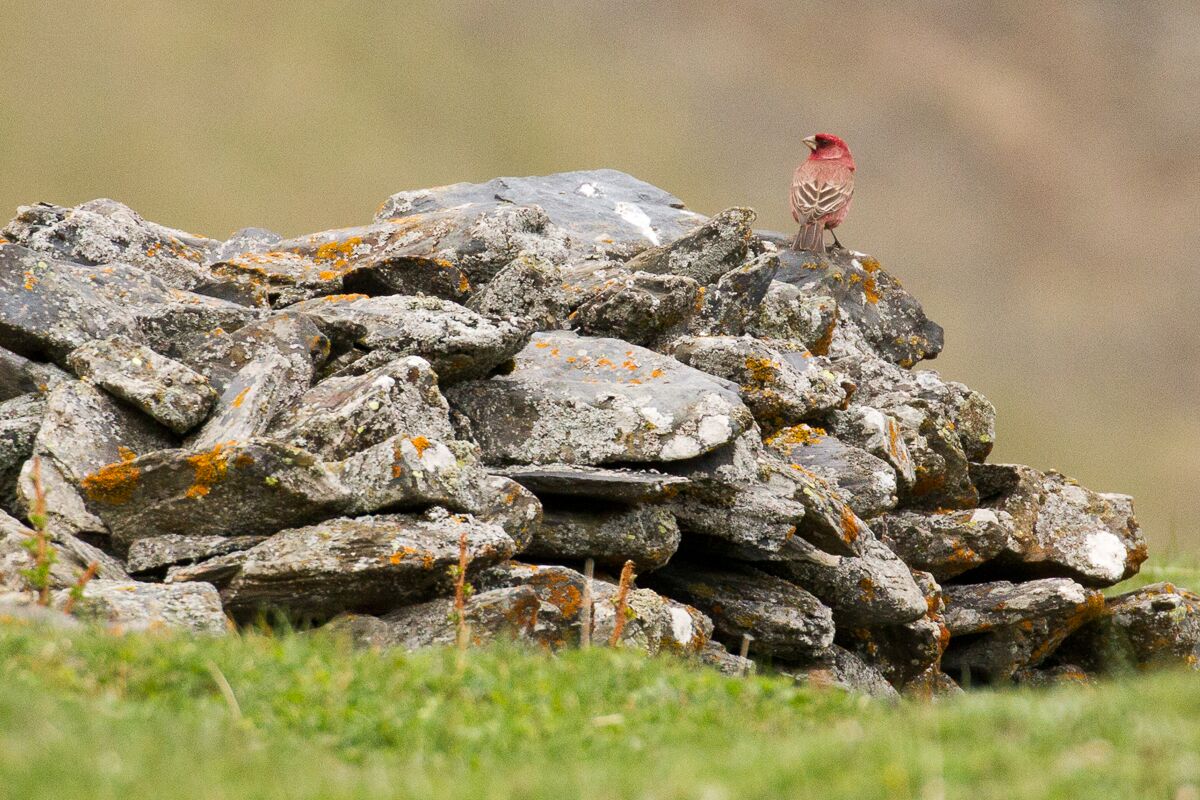
Rosy starlings and black francolins
“On the way to the nature reserve of Chachuna we see a beautiful male hen harrier and a group of 19 demoiselle cranes that have not yet left for their breeding grounds. We drive to the eastern border of Georgia and continue our journey on unpaved roads. In beautiful evening light we reach the monasteries of David Gareji, a rainbow makes it complete. The next morning we marvel at lesser kestrels, rosy and common starlings, blue rock thrush, pied and eastern black-eared wheatears and Egyptian vultures, all nesting around the picturesque monastery. We continue our route over the steppe. Here shepherds with herds of sheep and aggressive dogs seem to be the only residents. Enormous flocks of rosy starlings fly by while we make our way to Chachuna. ”
Once Jorg and his companions reach the nature reserve, they stumble from one surprise into the other. “After we were able to watch a few breeding pairs of lesser kestrels in the abandoned turbine buildings at the dam of the Dali reservoir, we drive to the river. At the same time we see the rufous-tailed scrub-robin and three males Ménétries’s warbler, close by! A black francolin calls from afar and two imperial eagles come straight at us. A great moment! While the late afternoon envelops the landscape in new colors, fellow traveler Paul discovers a black francolin that shows itself beautifully. So again here too in Chachuna we can tick off all dream types. ”
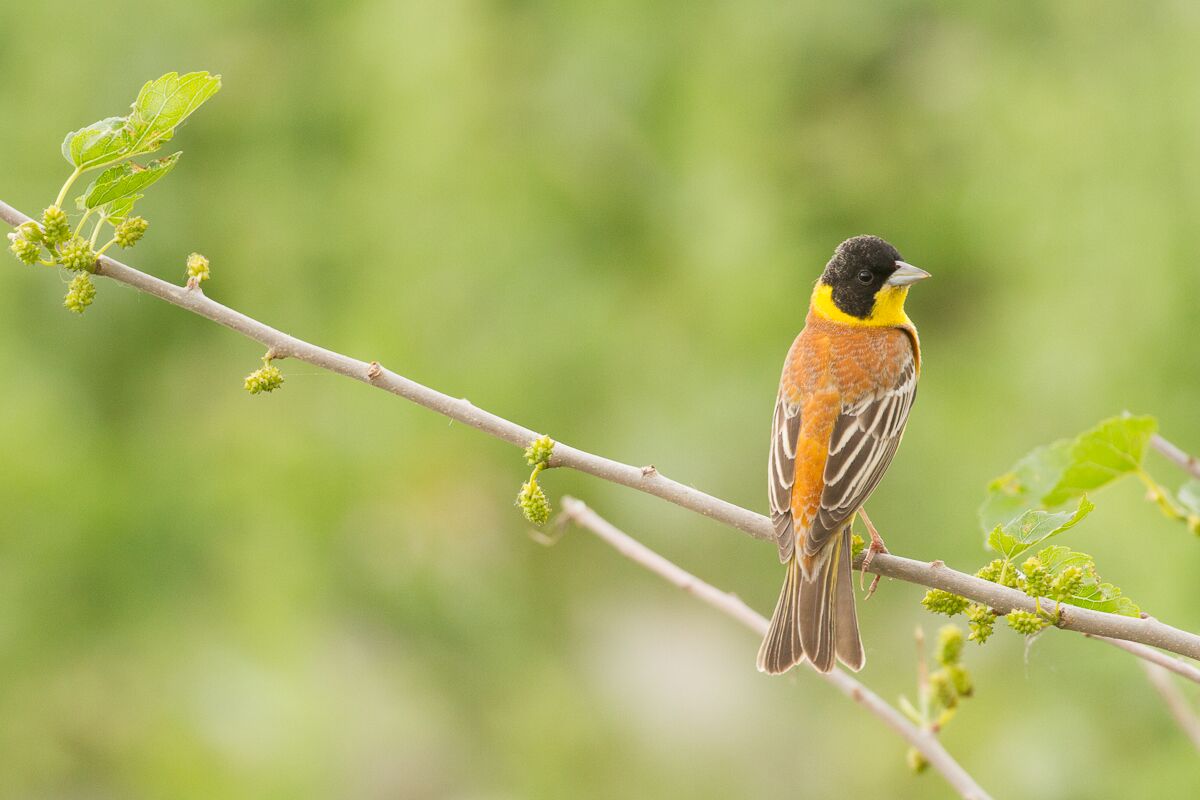

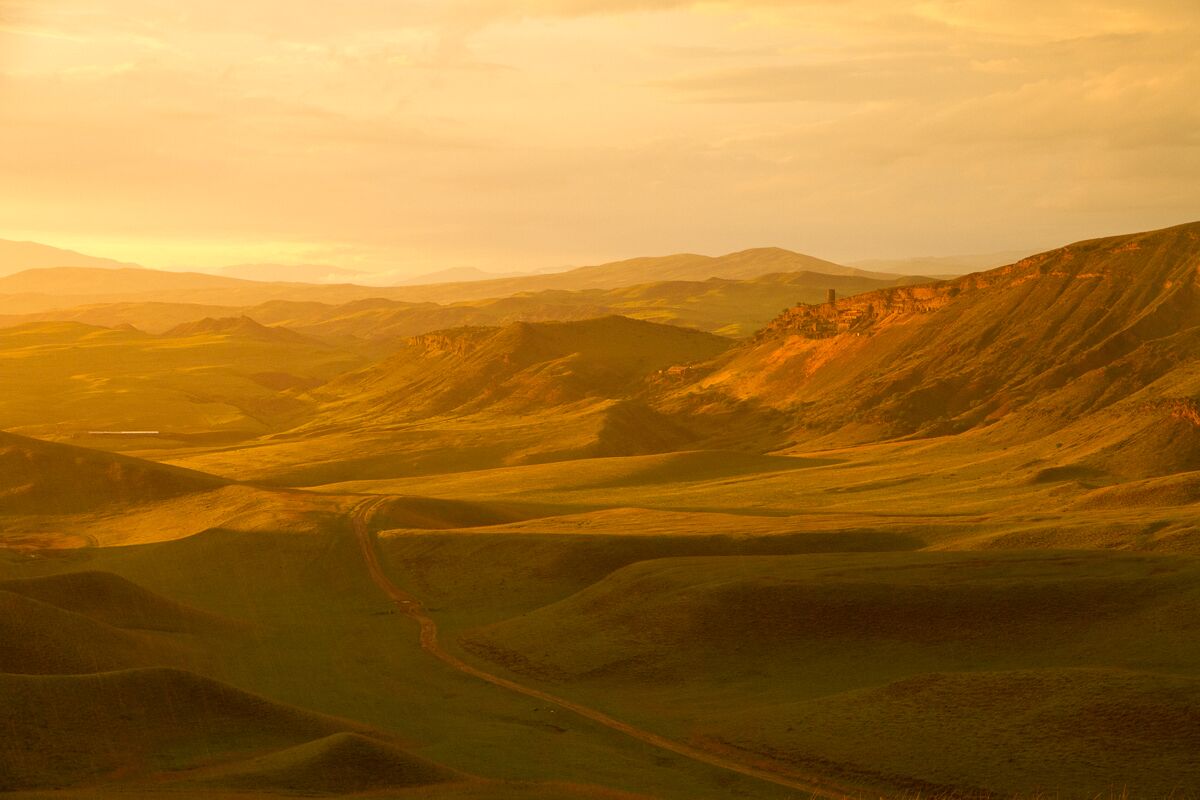
On a visit in Georgia
During the first part of the journey, the Starling travelers stay with a host family. “The village, the house of Ruslan and his family and the food evoke memories of my previous visits to Georgia. Russian is still in full use here, certainly among the older generations. It is handy that our guide Johannes has a good grasp of that language. ”
In between birding there’s also some time for a little pinch of culture. “On Saturday evening we will breathe in the atmosphere in the port of Batumi. We walk along the pretty busy pier, with its old Hungarian and East German cranes that have been standing still for years. In addition to relaxed locals, we are accompanied by red-breasted flycatchers, Kuhl’s pipistrelle and a single calling Eurasian nightjar. ”

In Tbilisi, the end point of this journey, the group tallies the number of species they’ve connected with: 219 species, including 26 birds of prey! Jorg concludes: “We spend our last hours in Georgia on a walk through the restored old town of Tbilisi and an atmospheric supper with chinkali – Georgian dumplings – and vodka. See you again, beautiful Georgia! ”
> Our Georgia trip next spring (in search of the specialties of the beautiful Caucasus) HAS ONLY 1 PLACE LEFT! But don’t hesitate to let us know your interest if you want to join in 2020!
> Did you know that you can also enjoy Georgia in the fall? Check our trip to Batumi this fall, with workshops on raptor migration and therefore very instructive!



